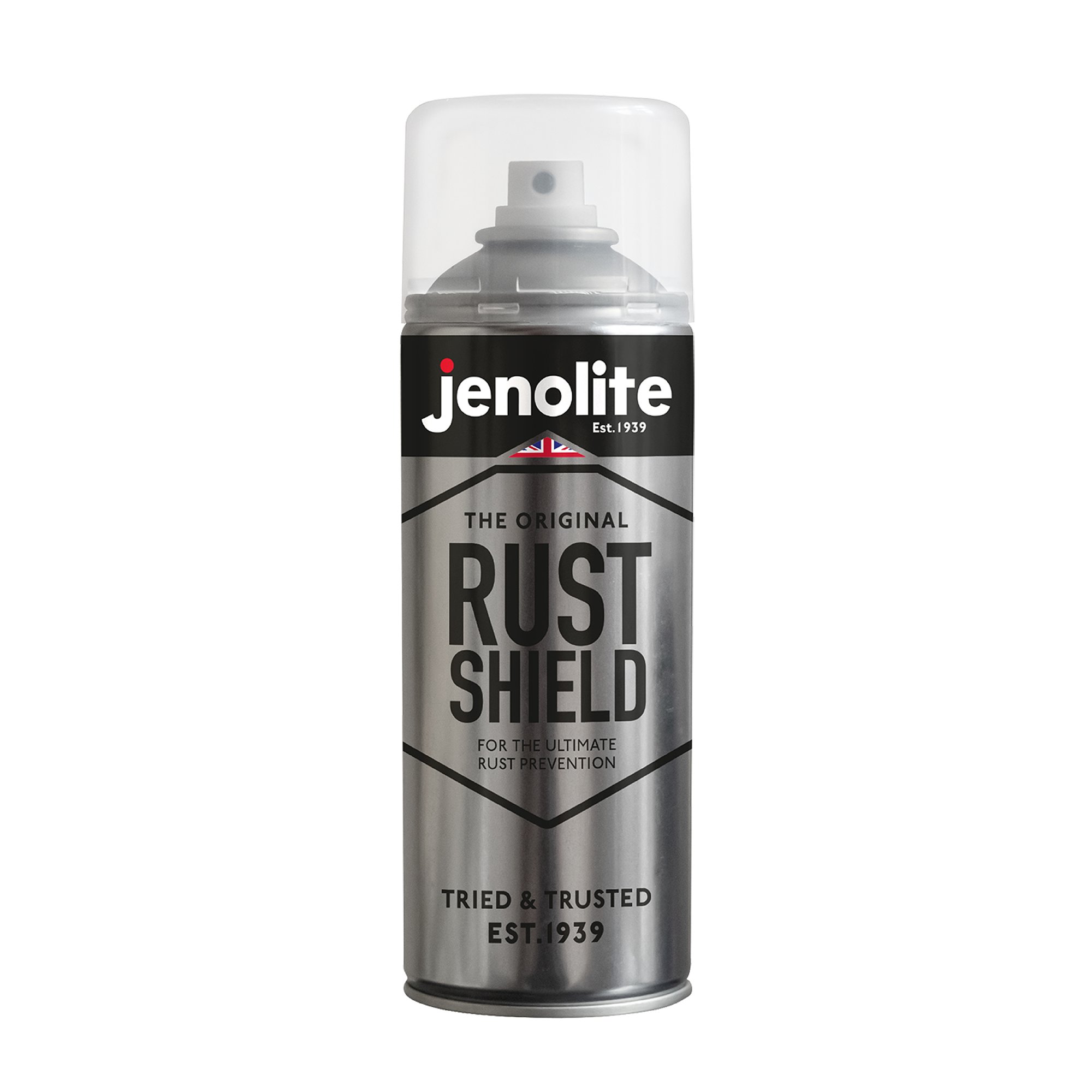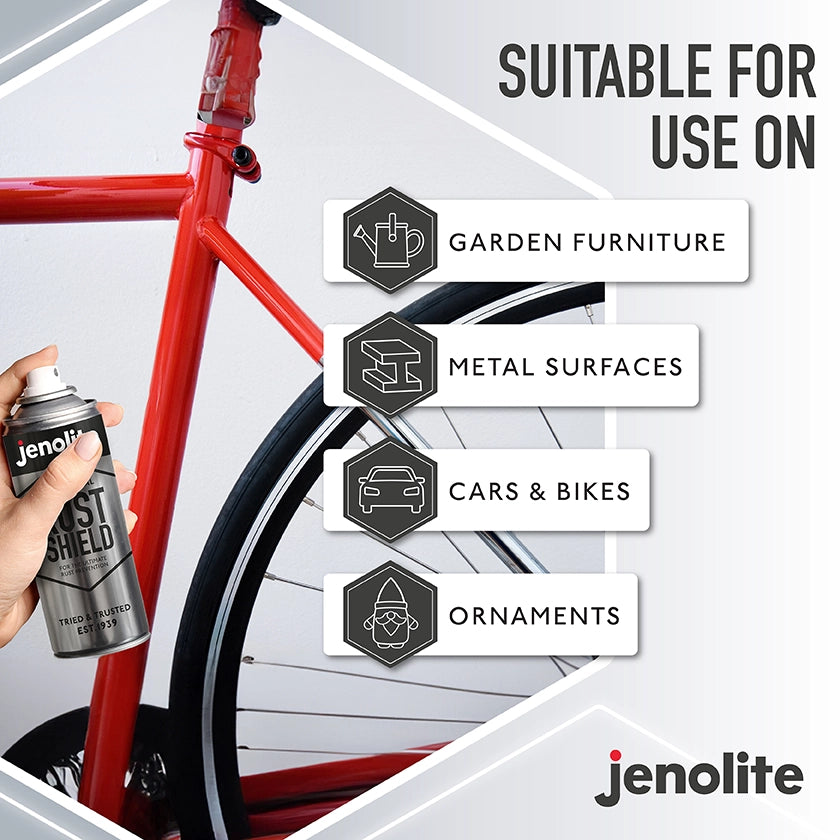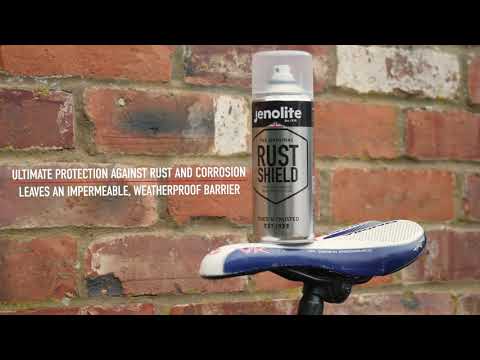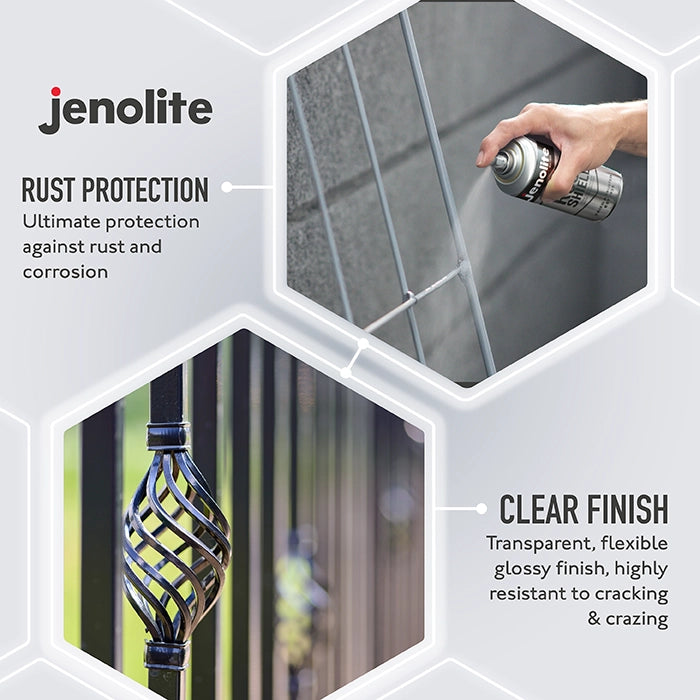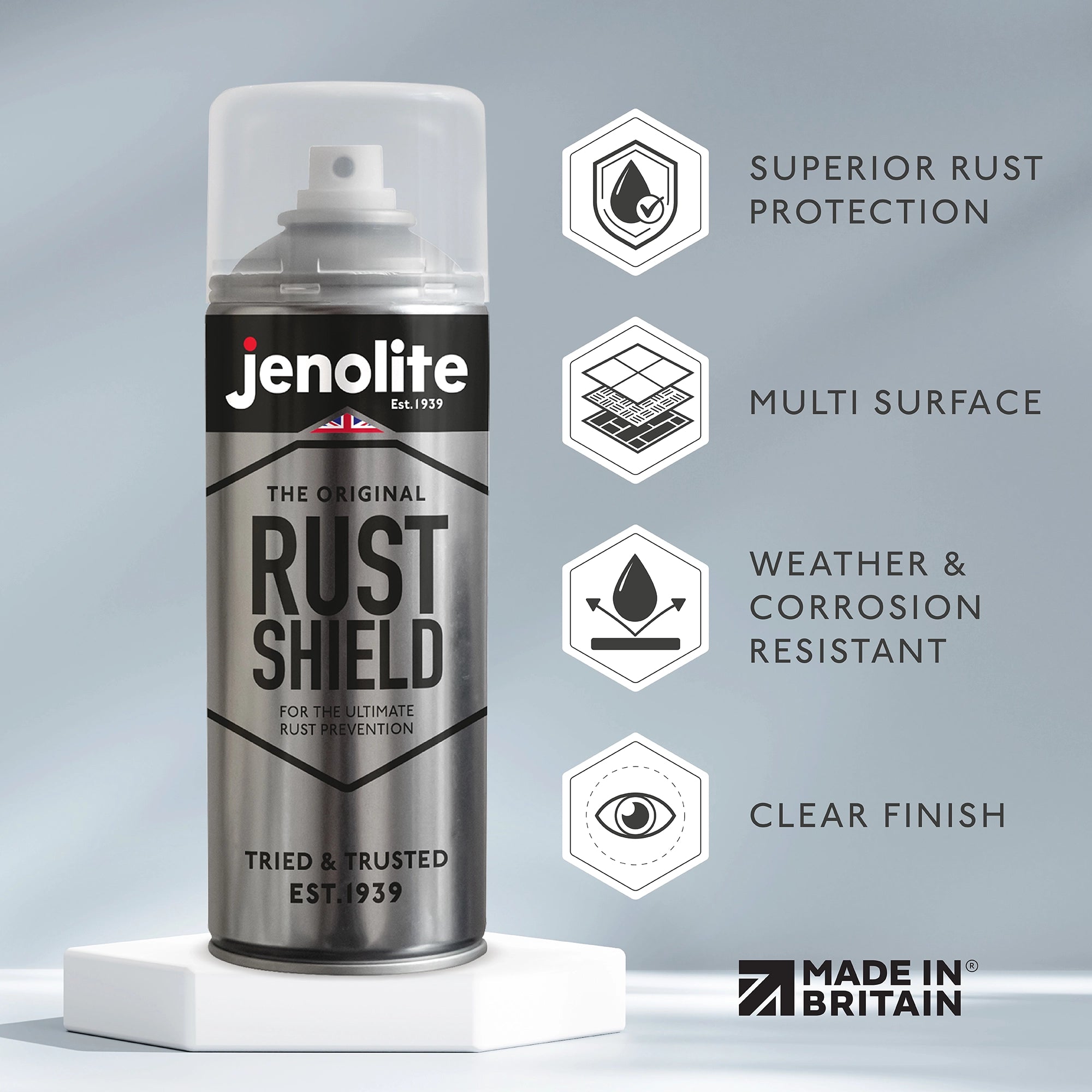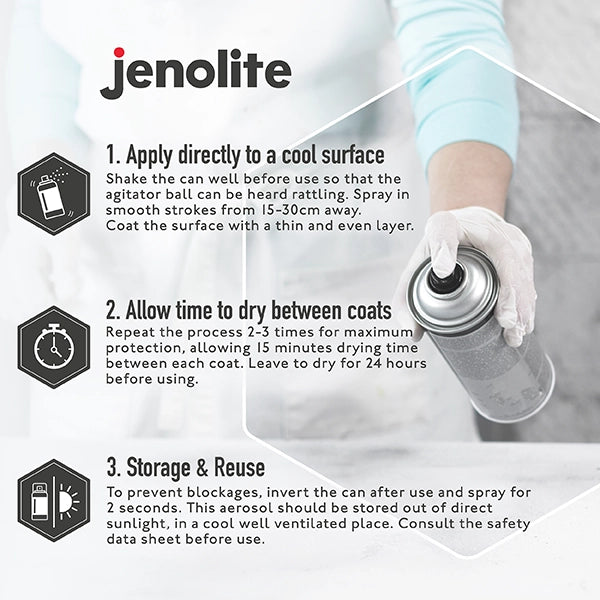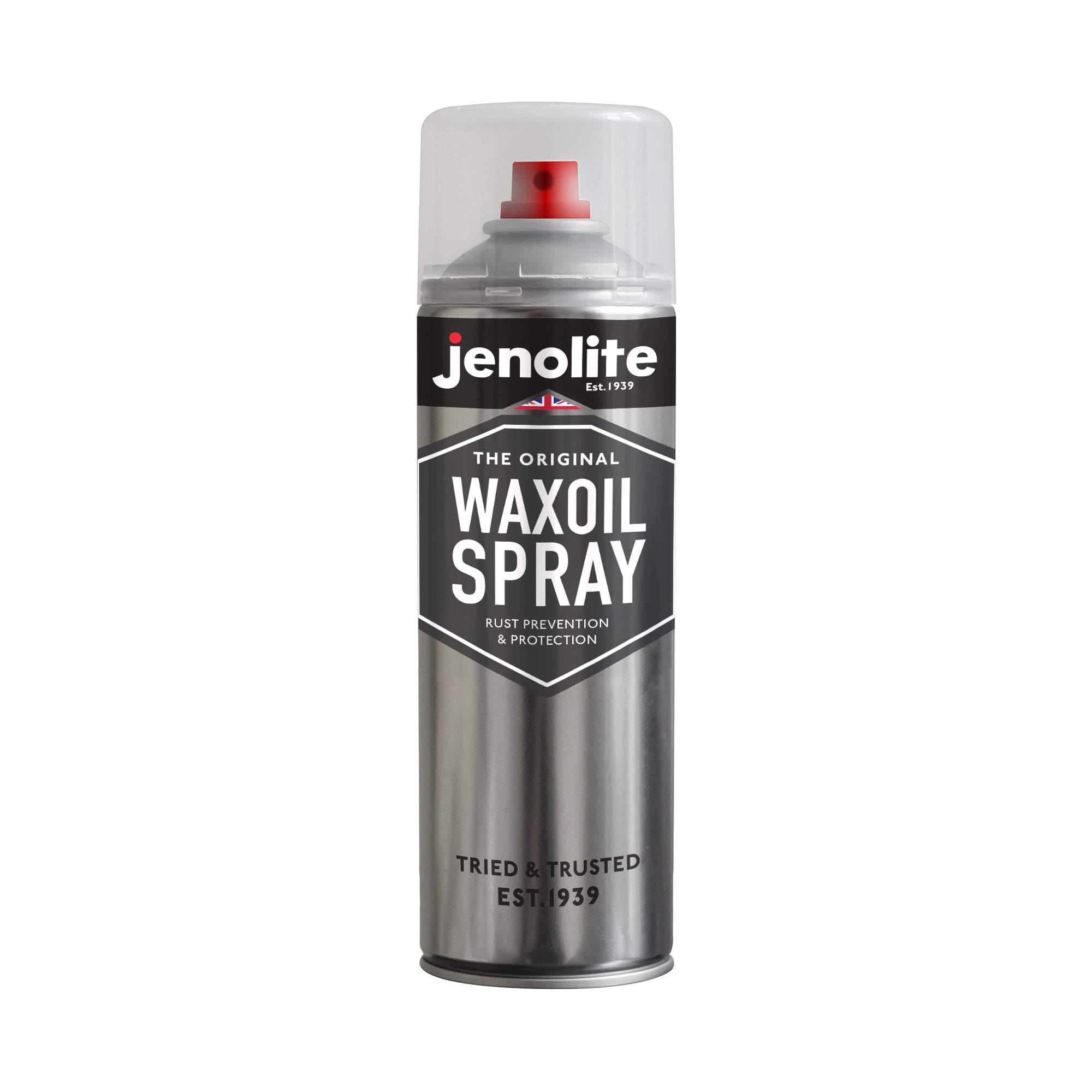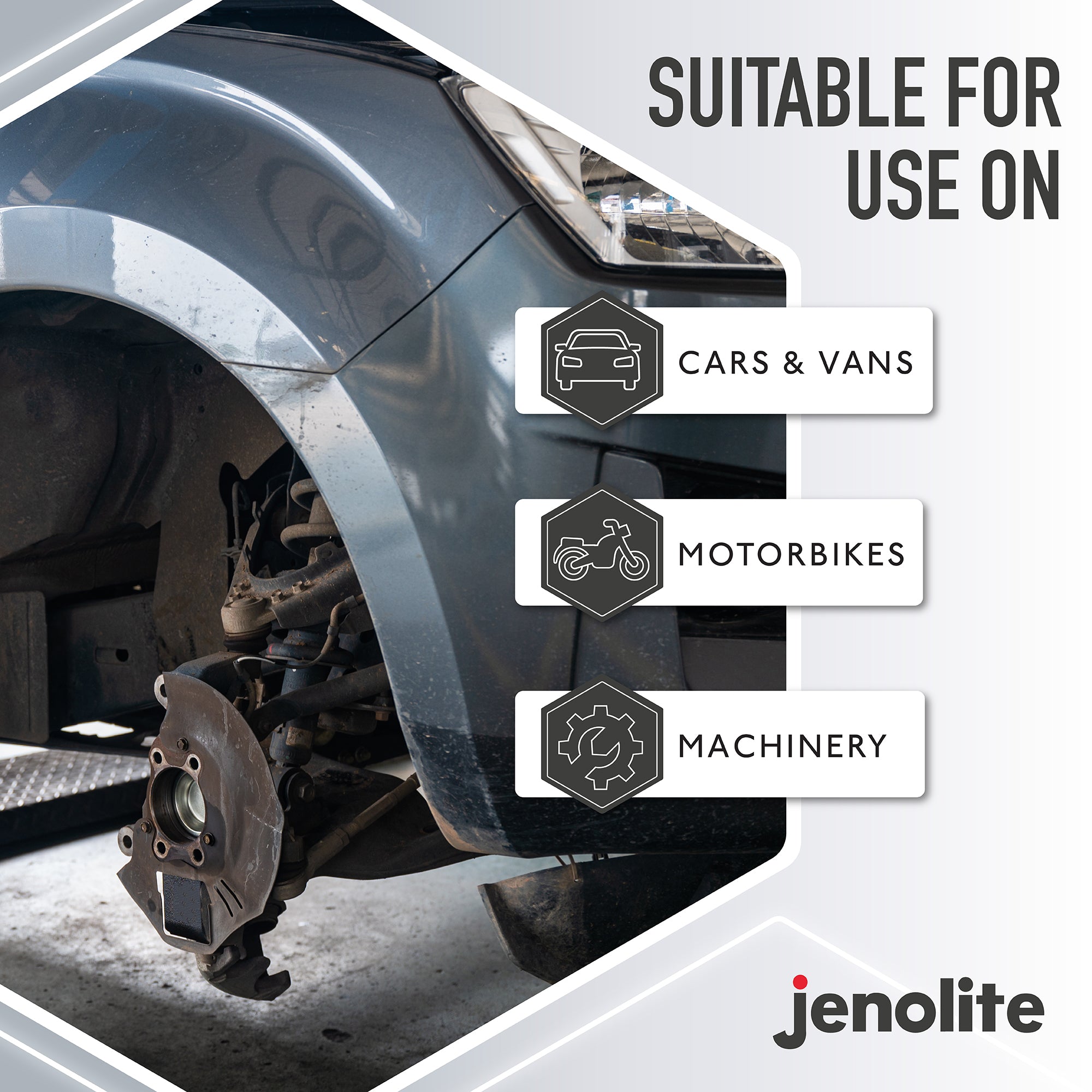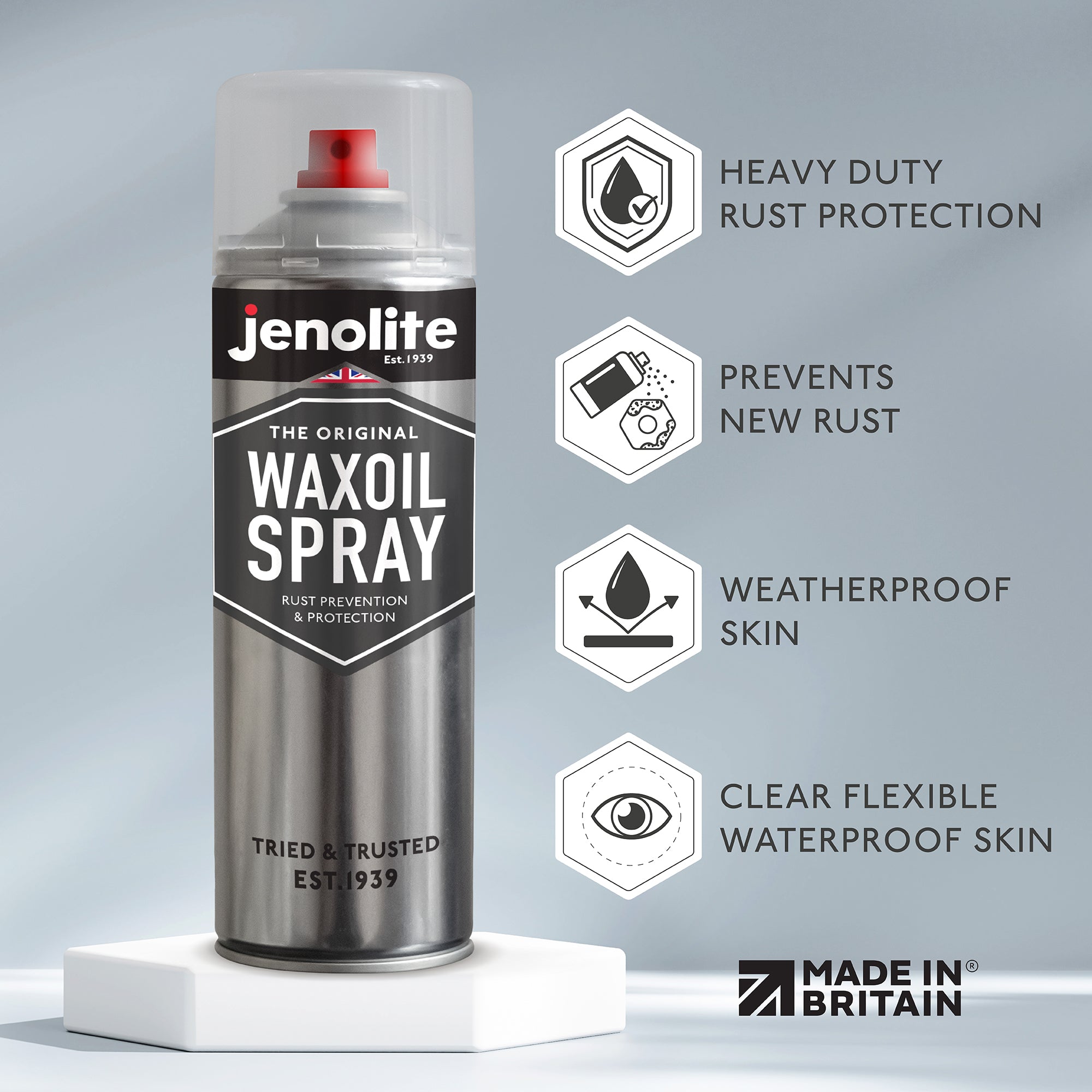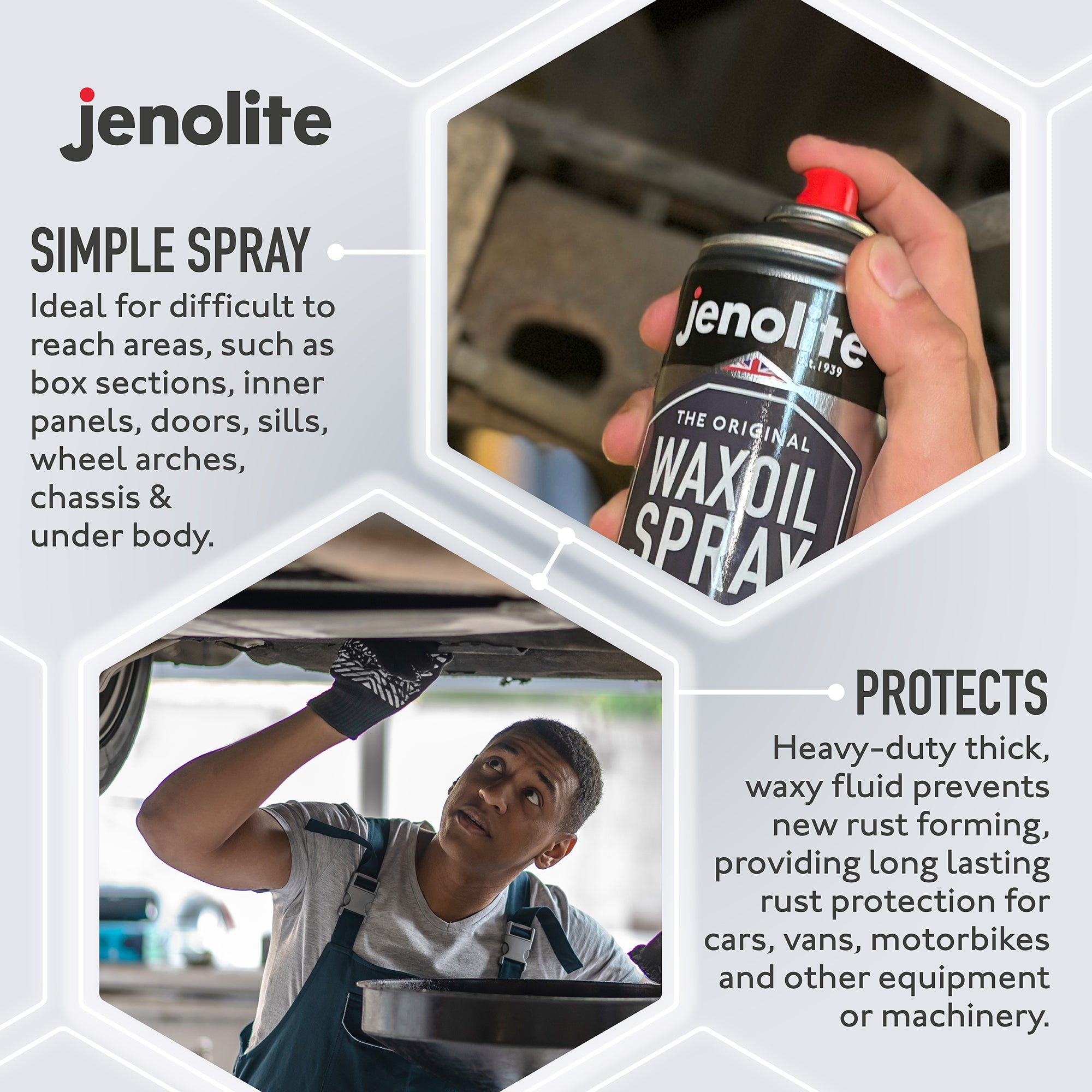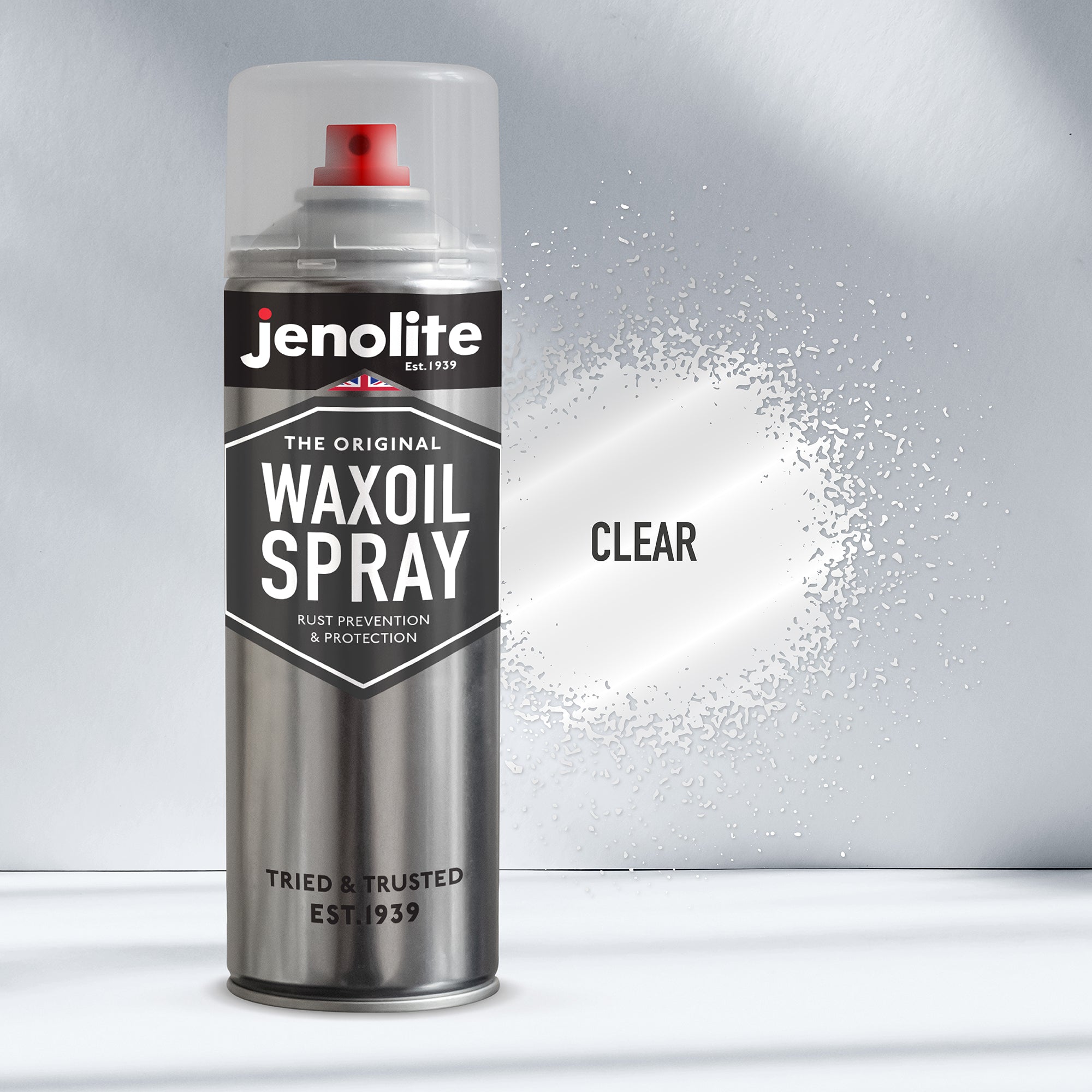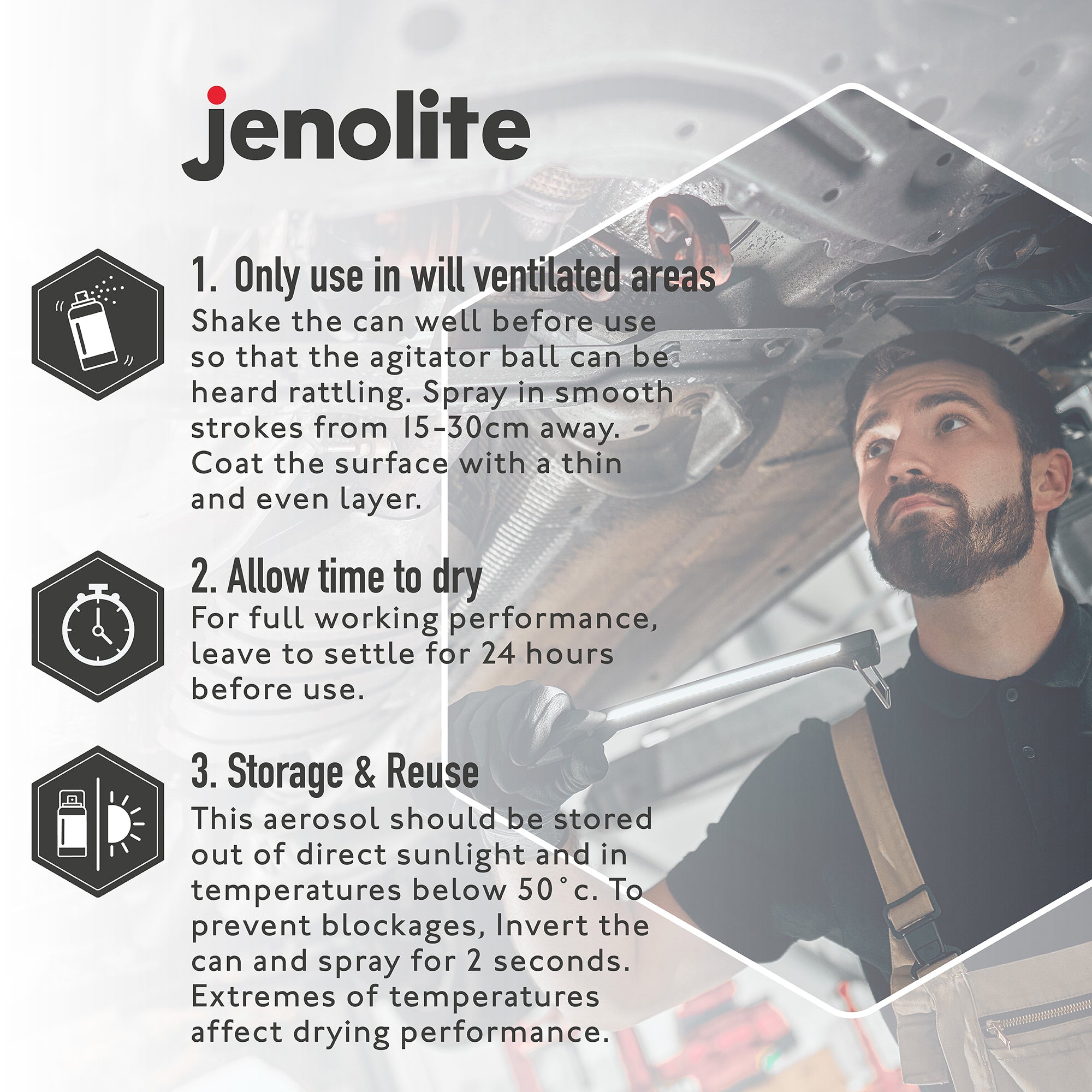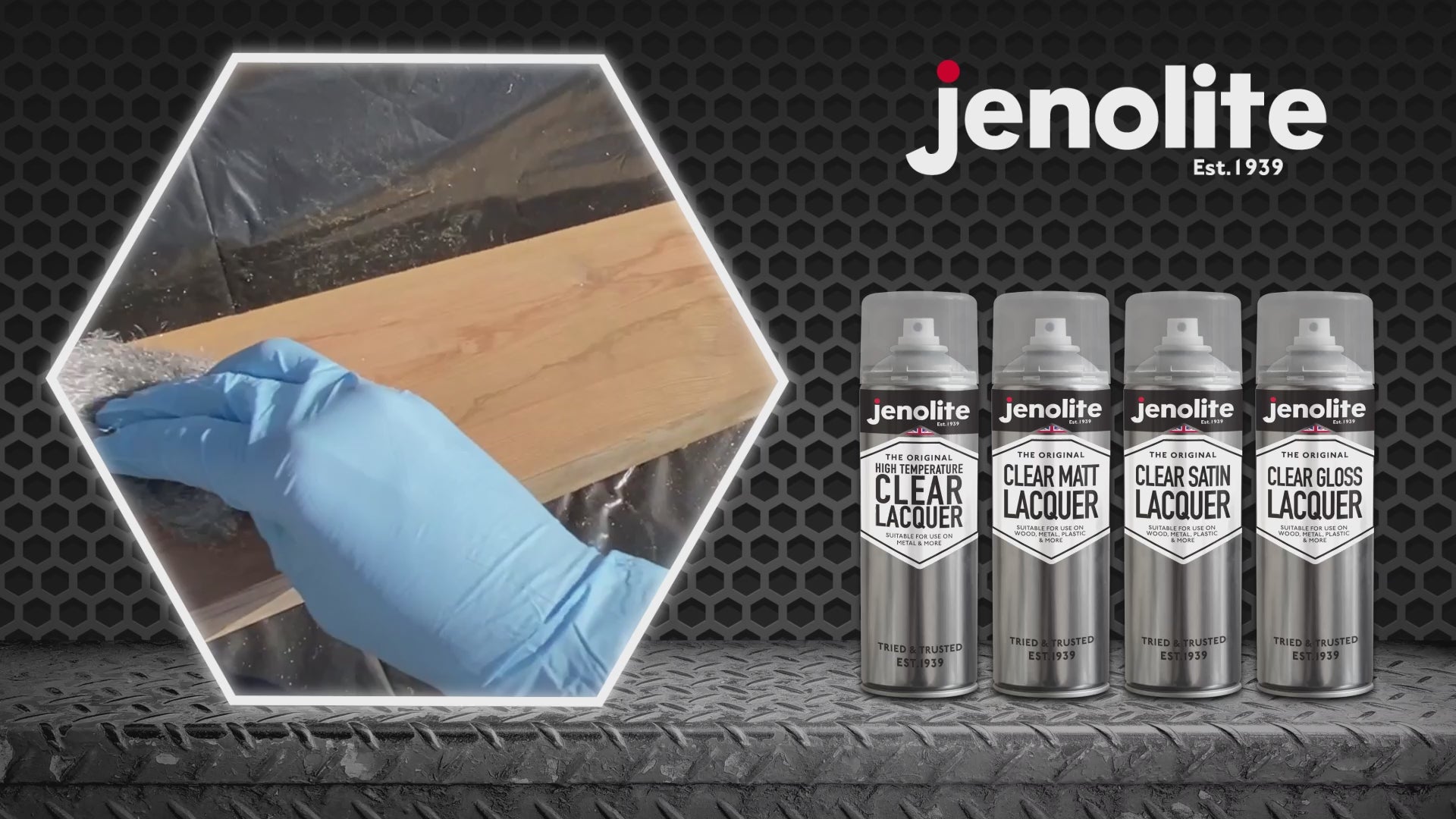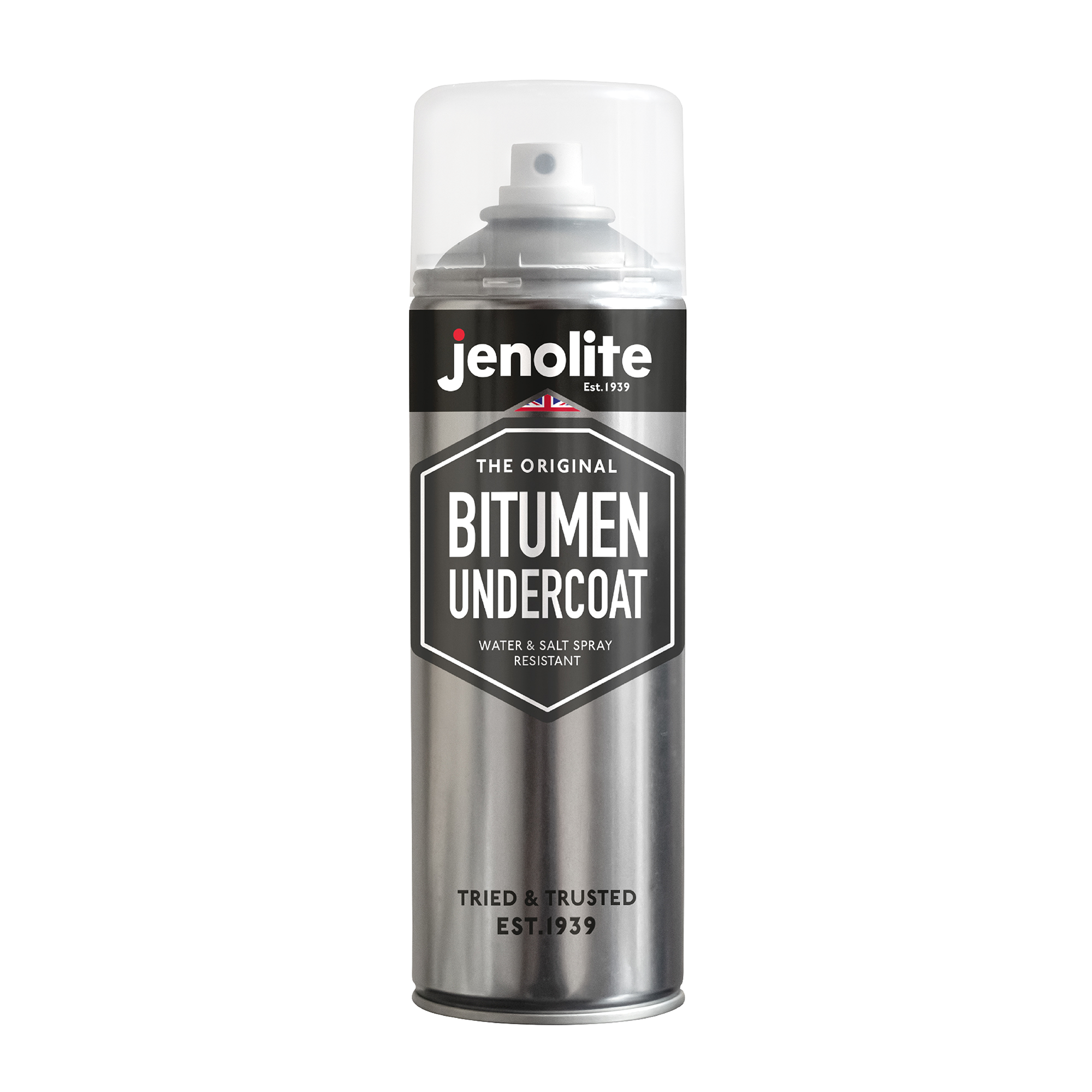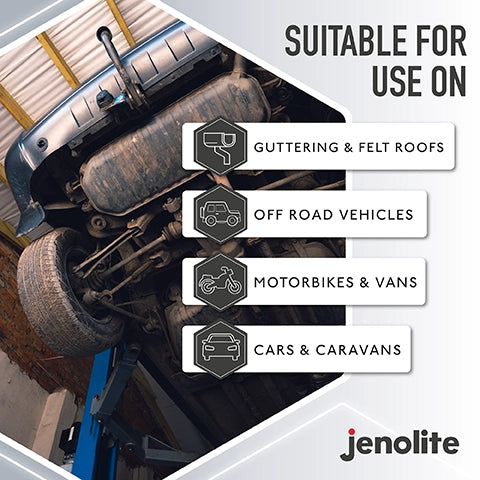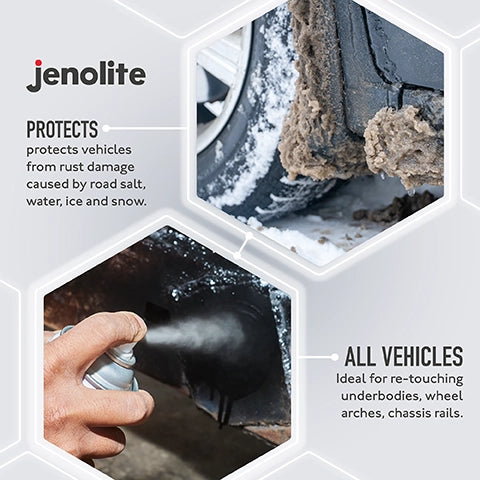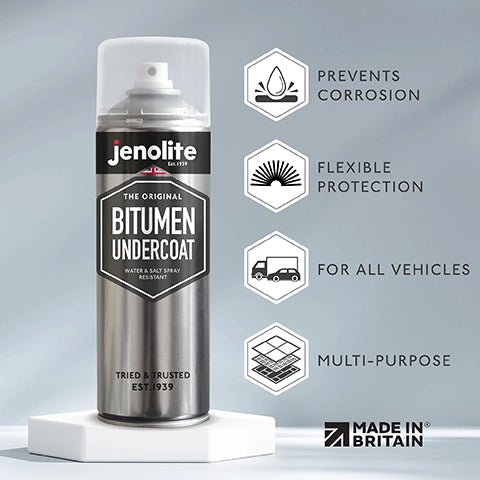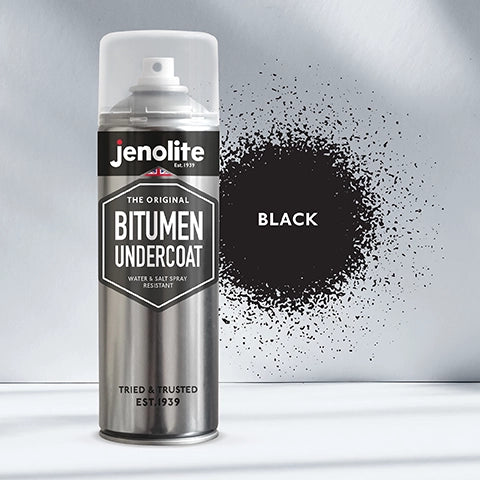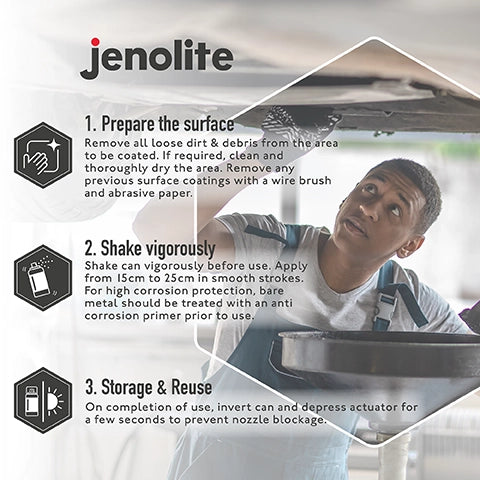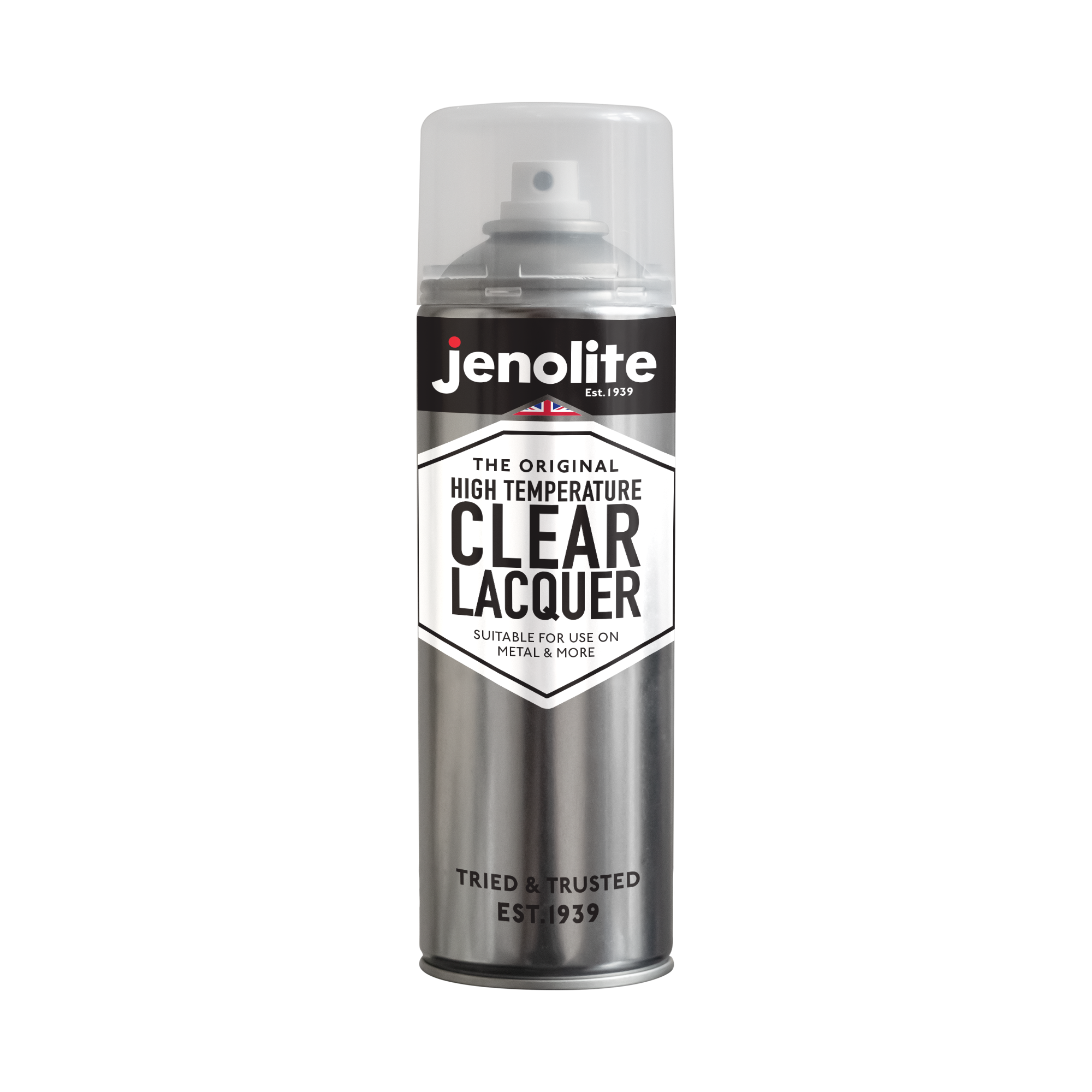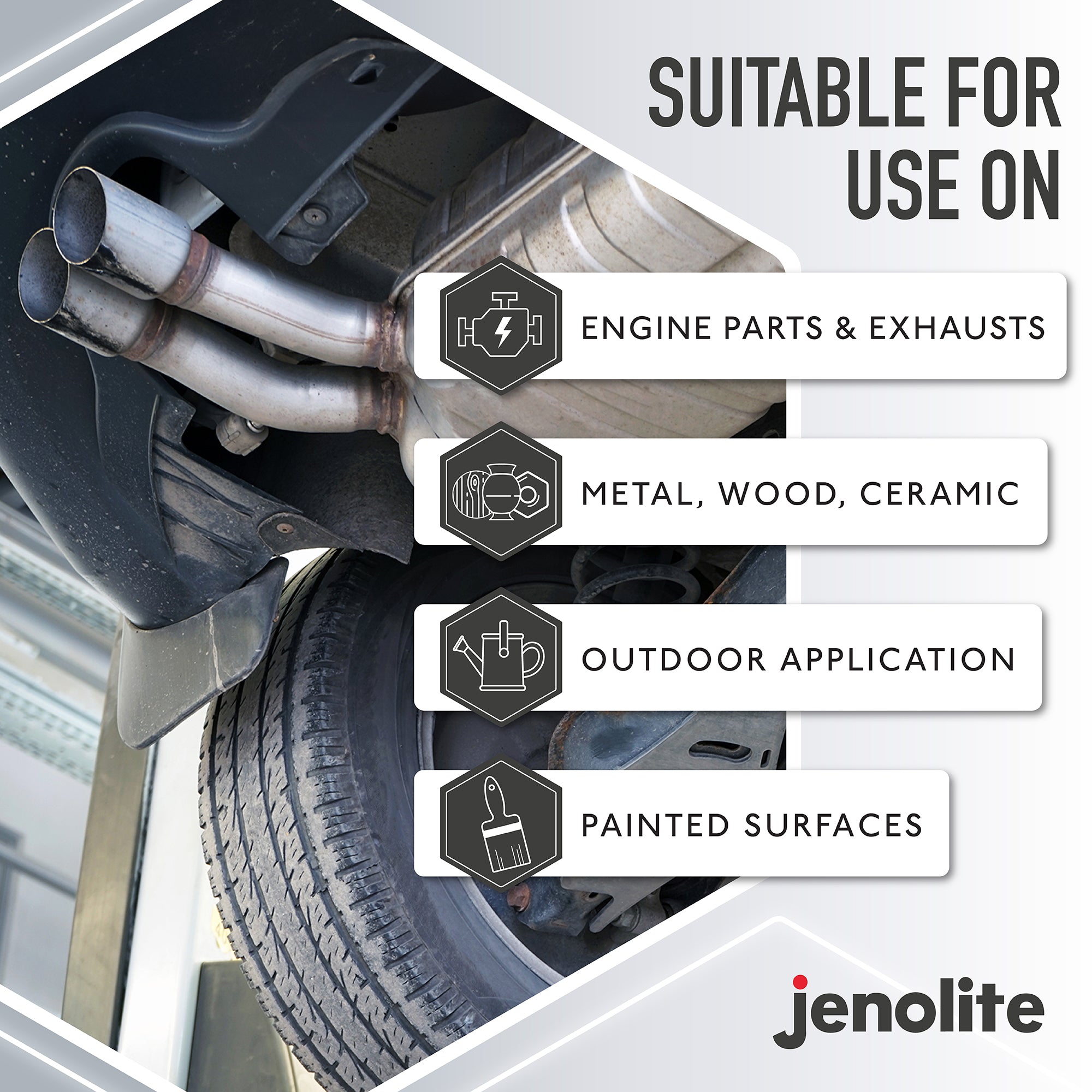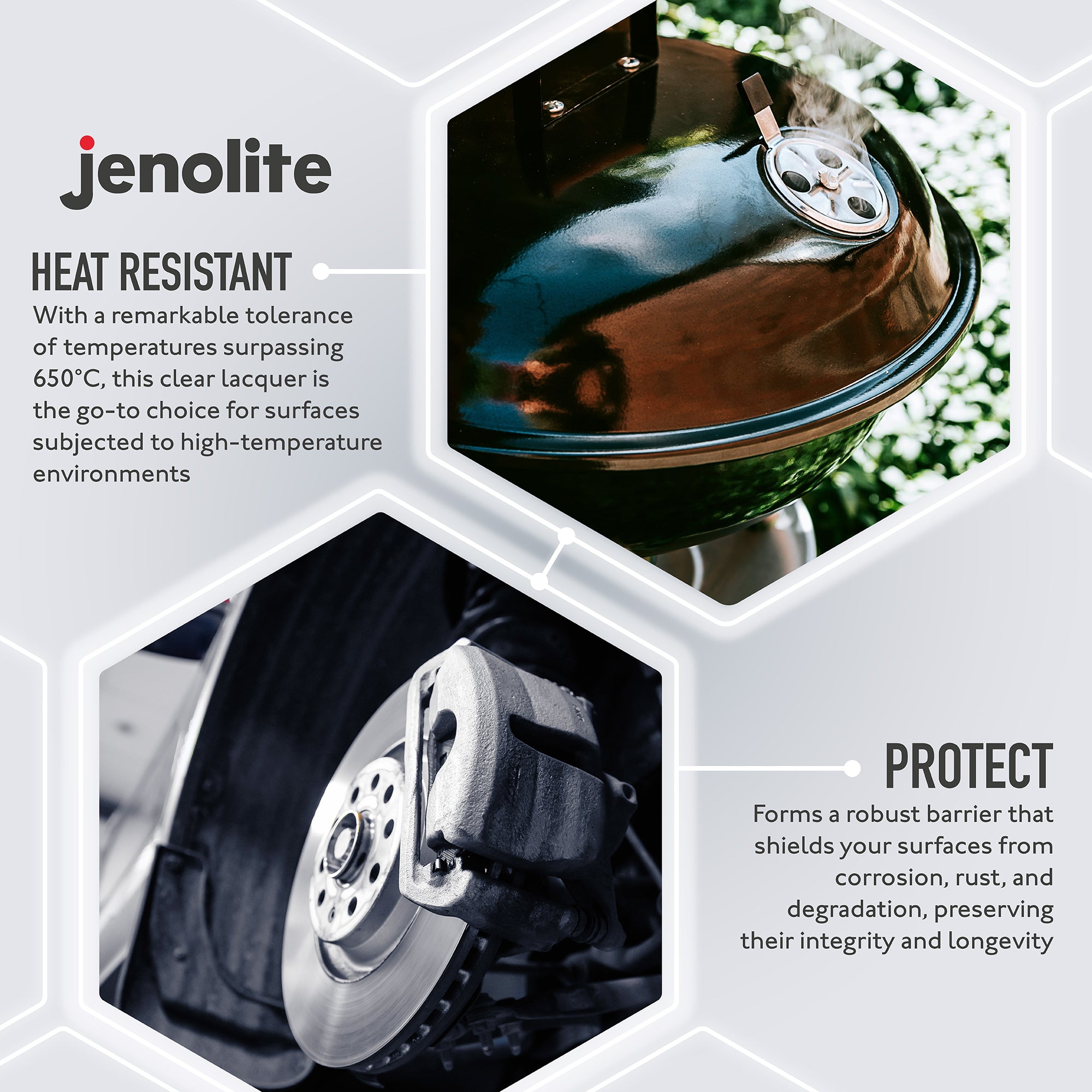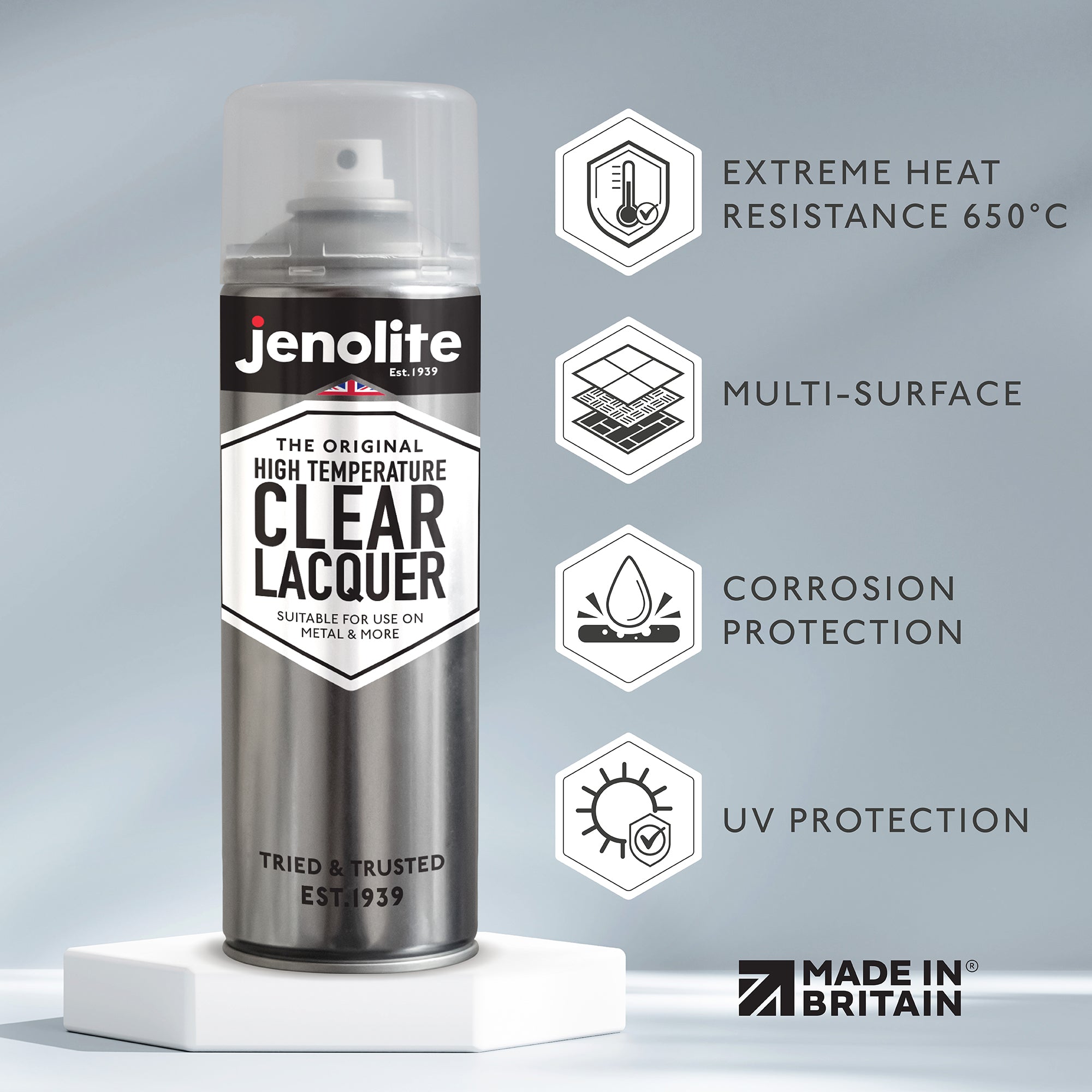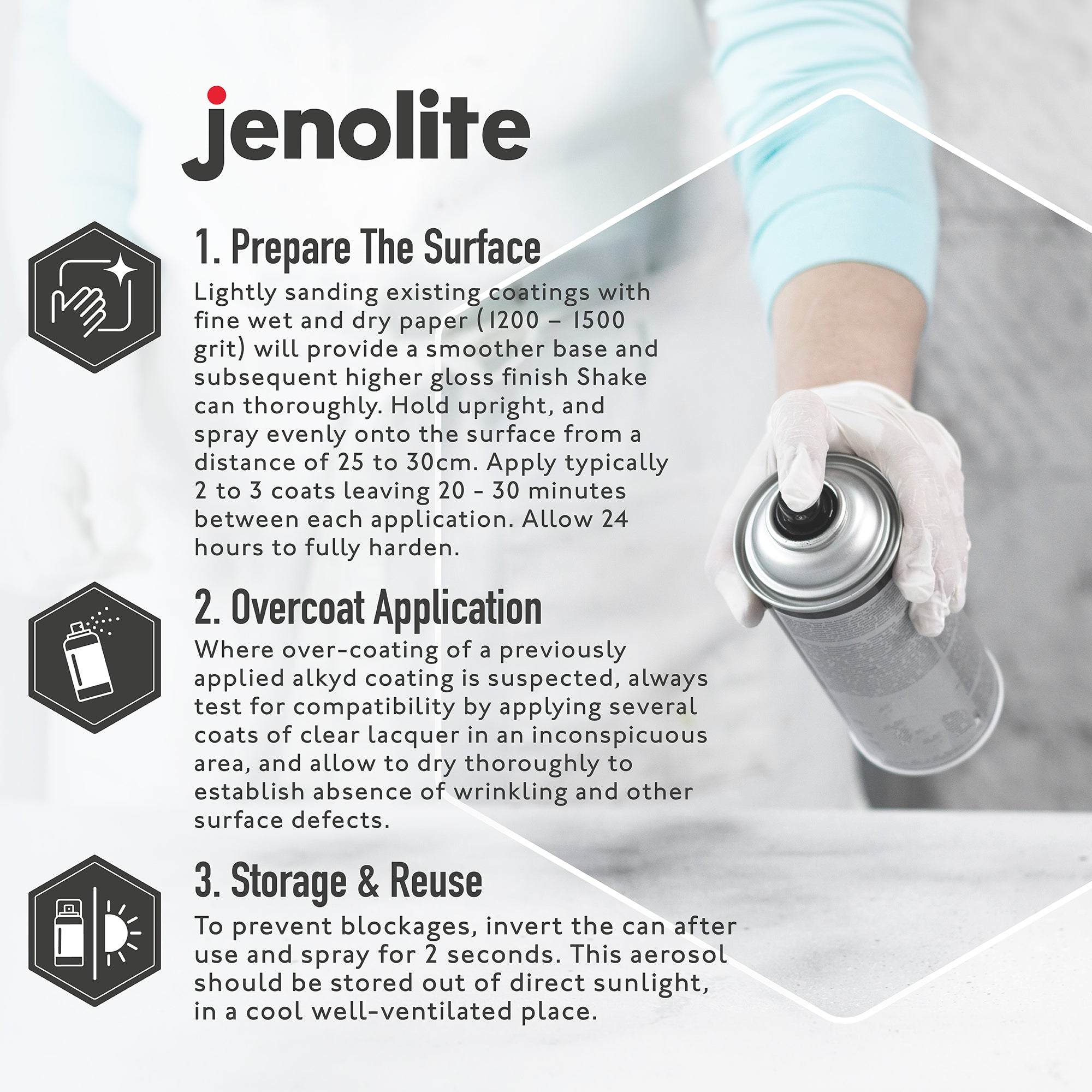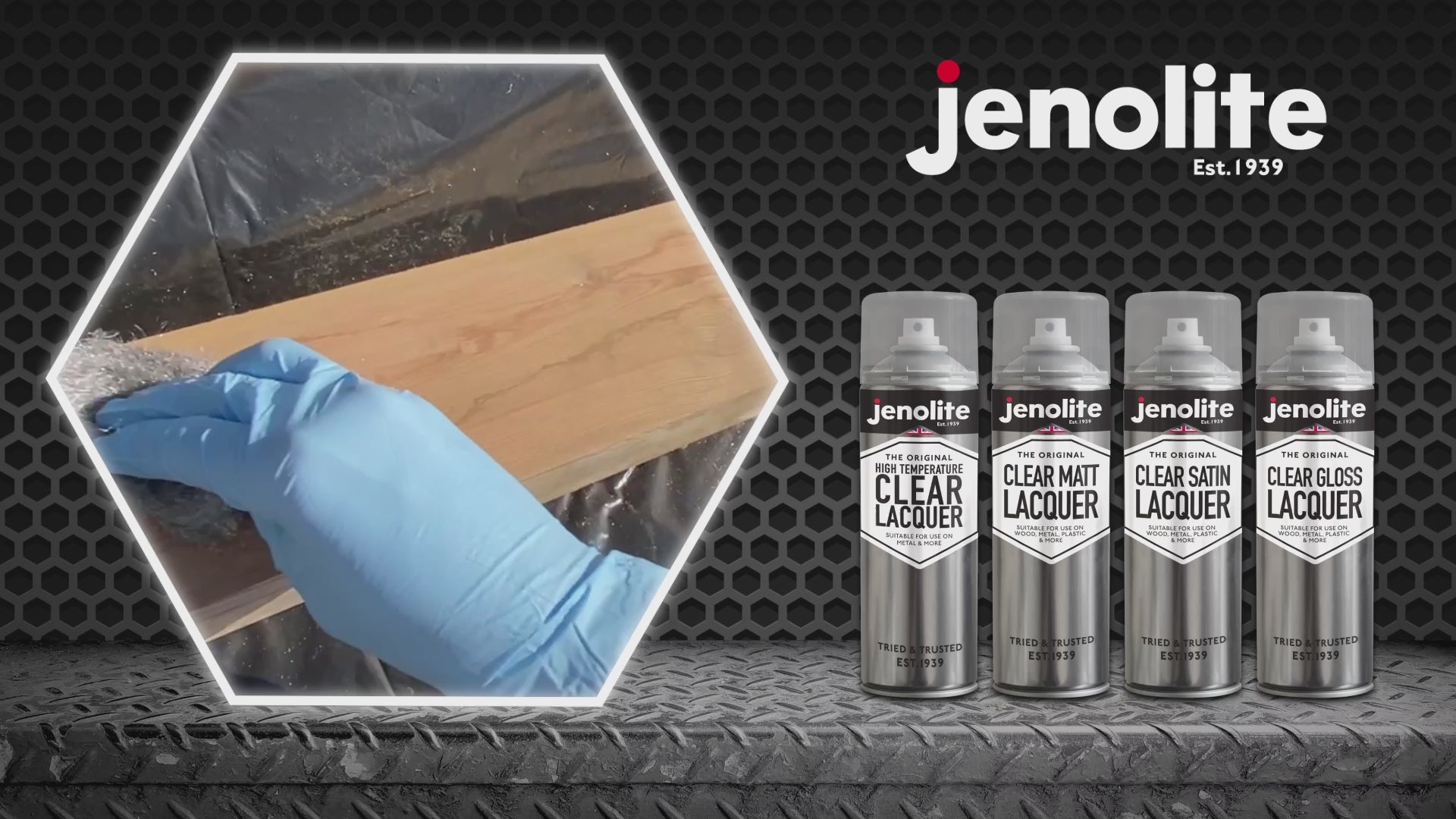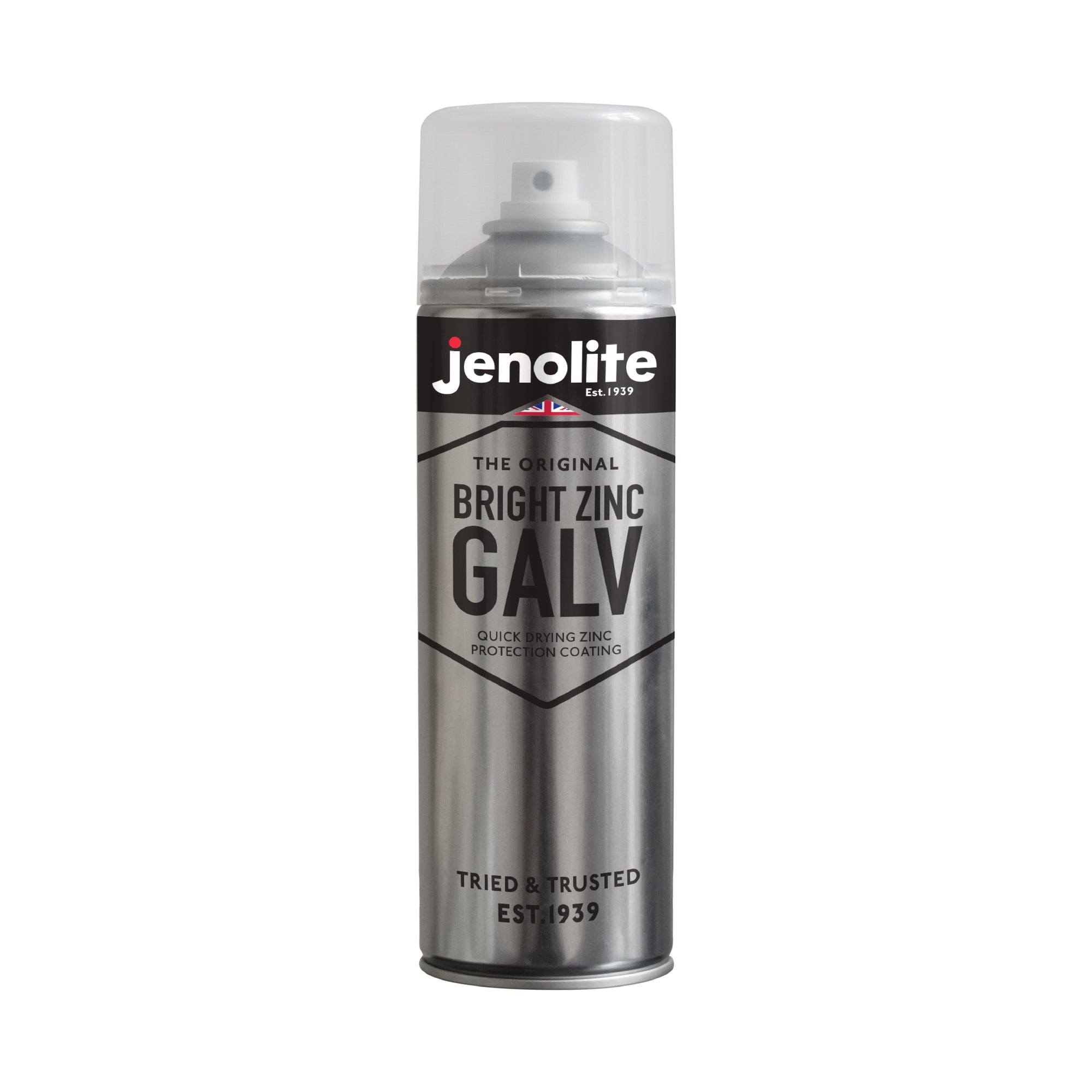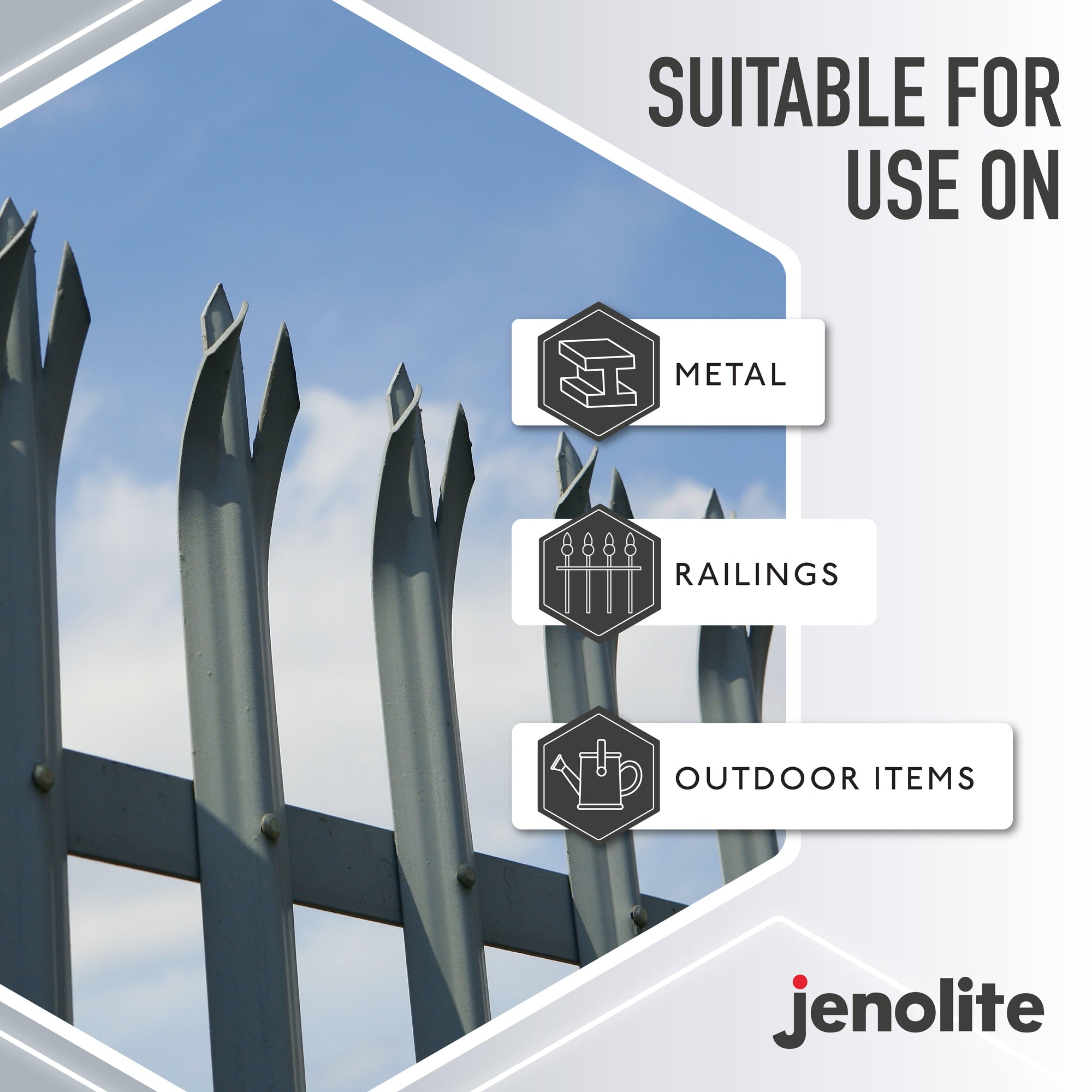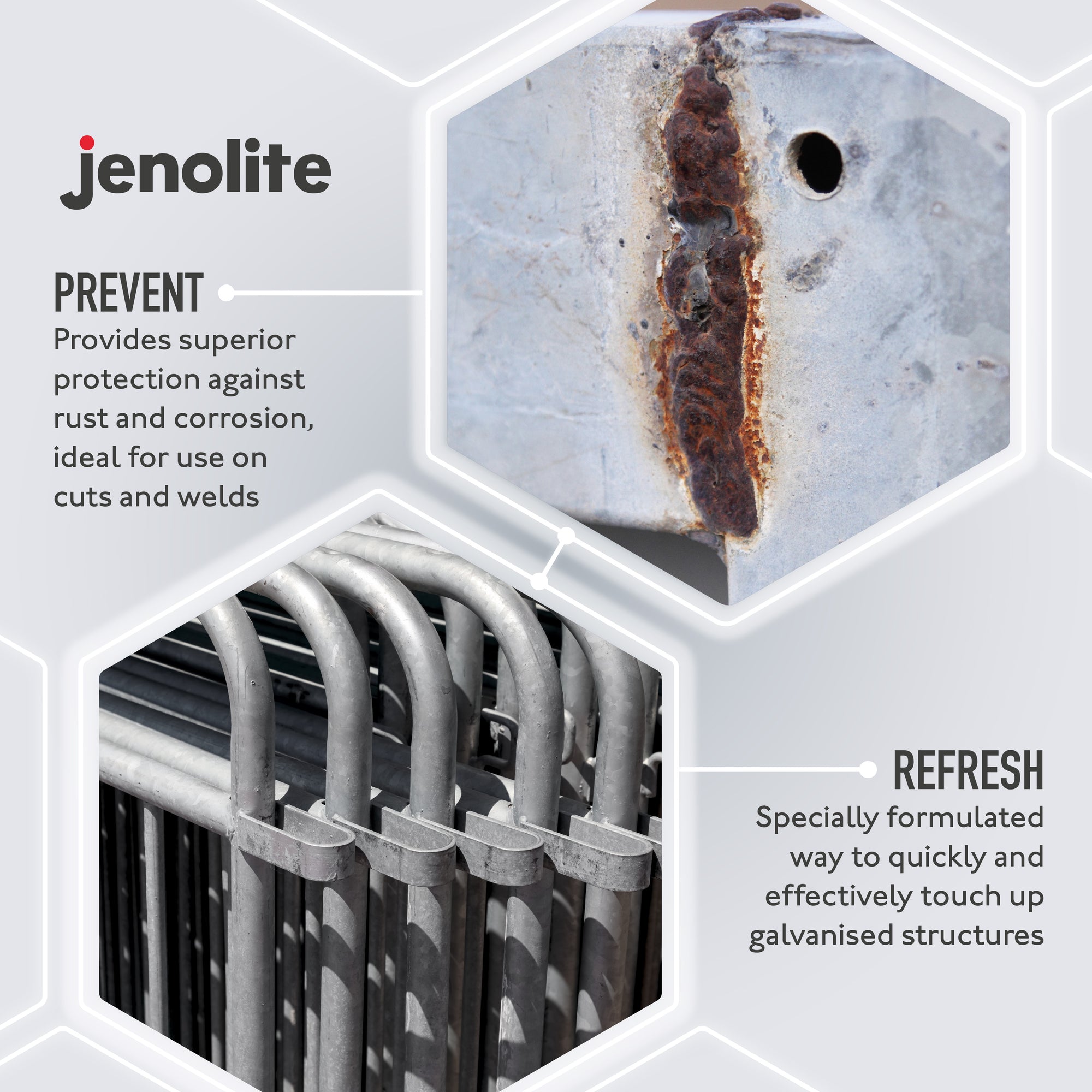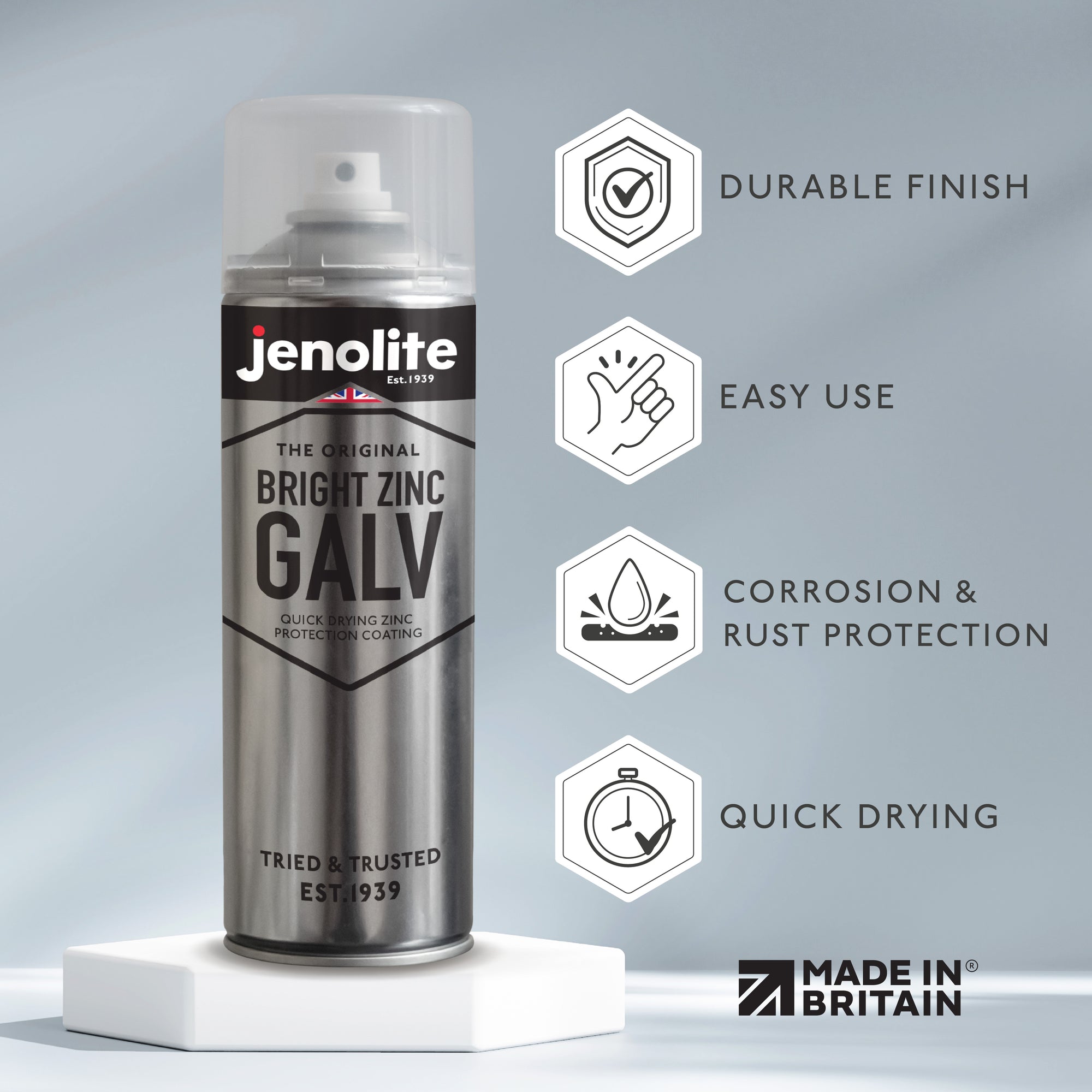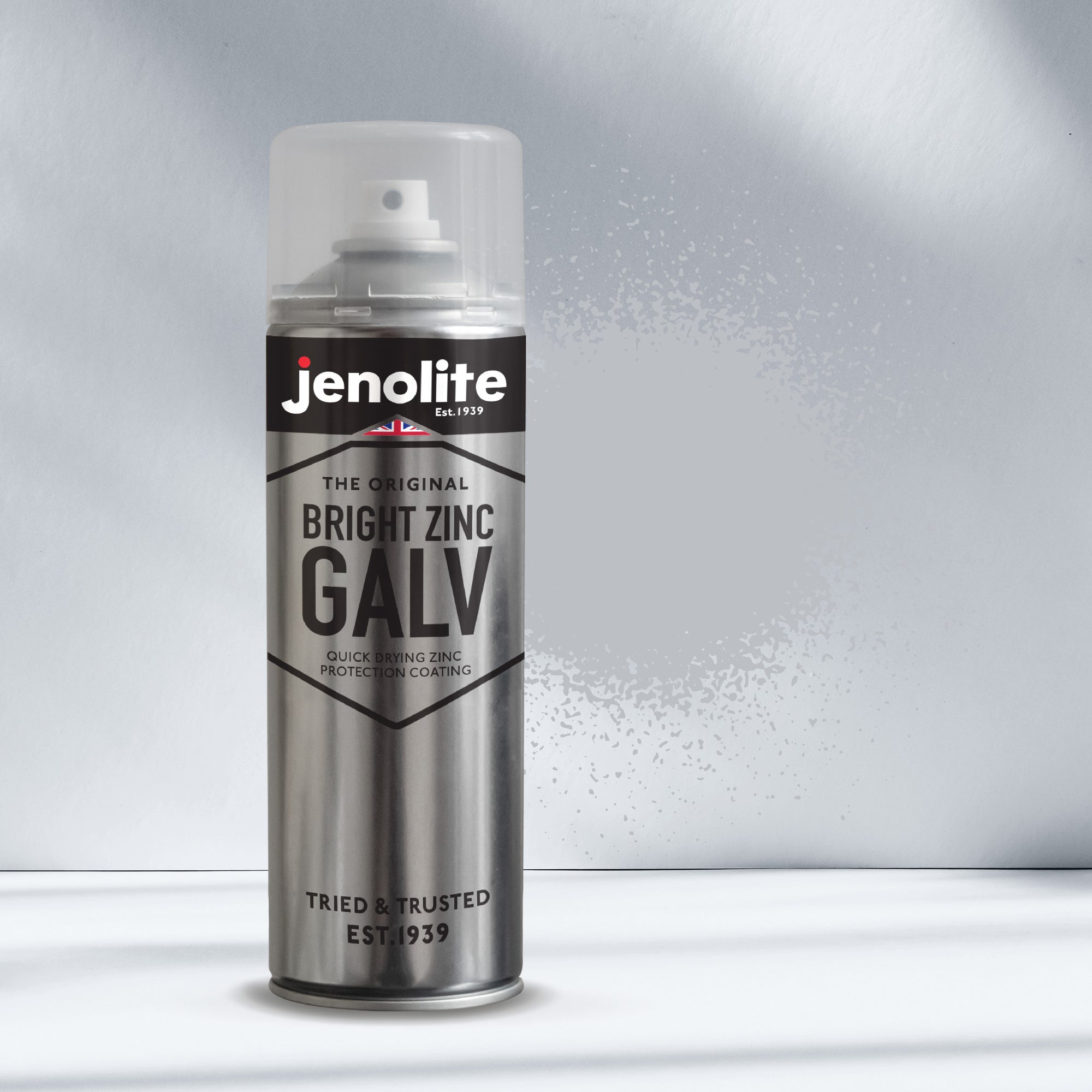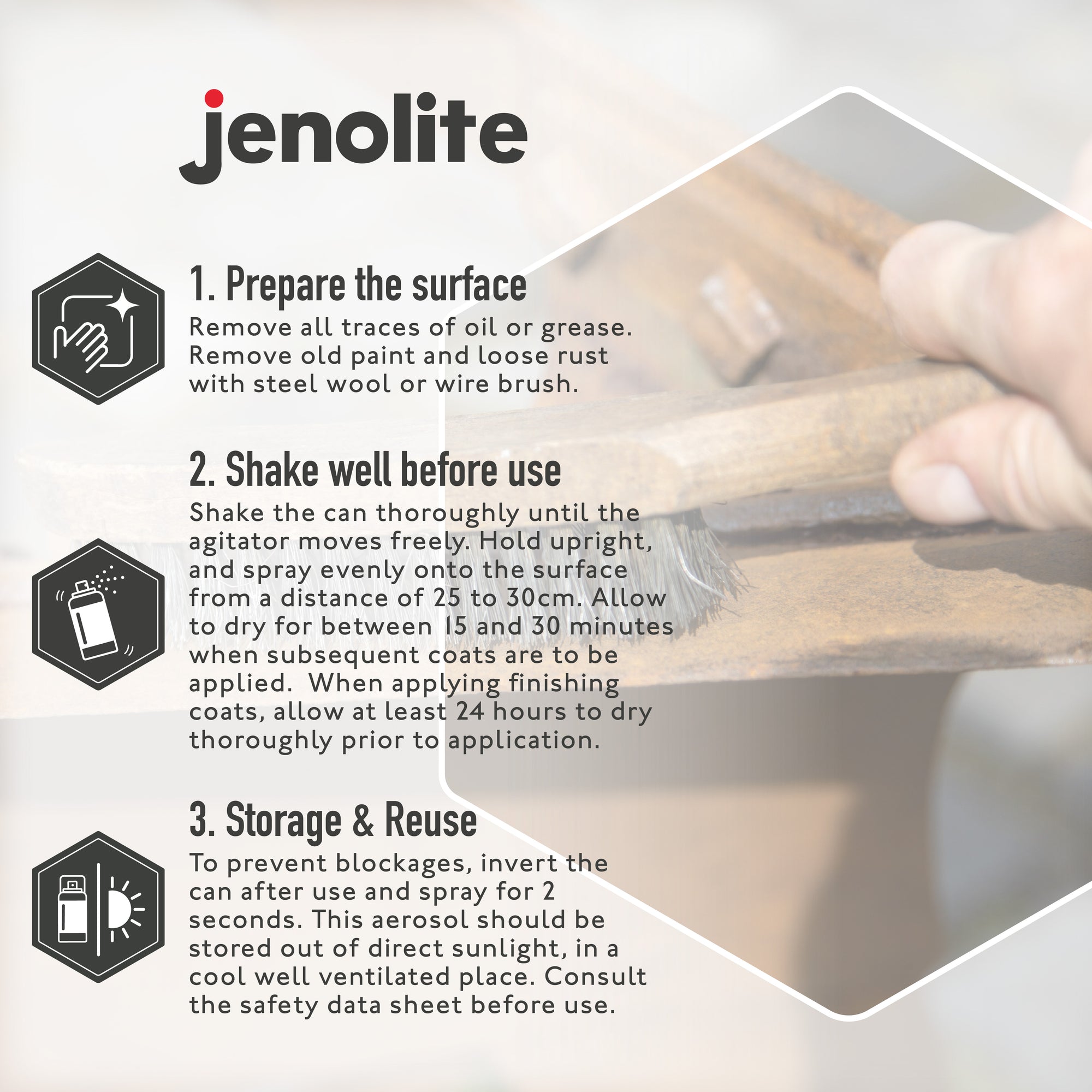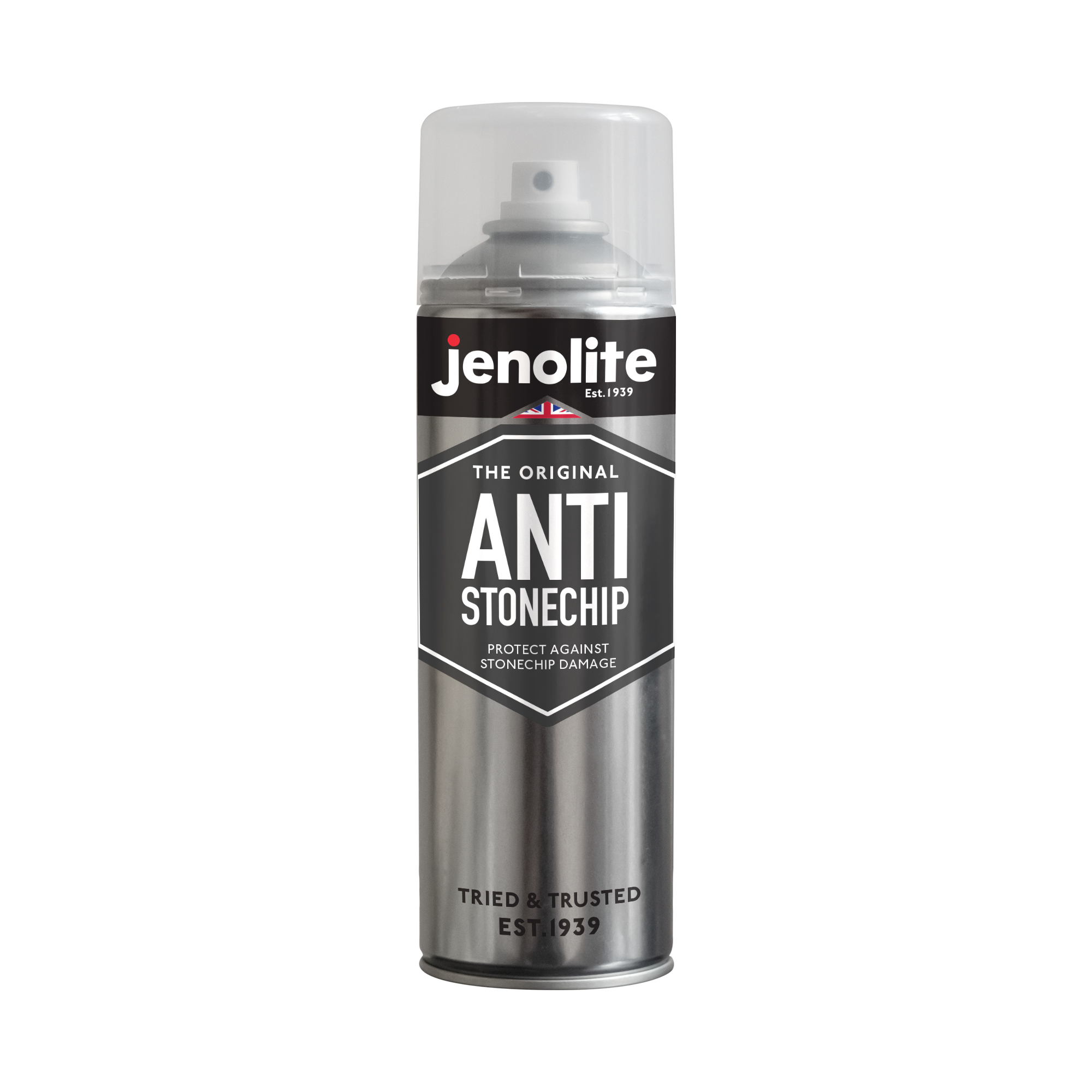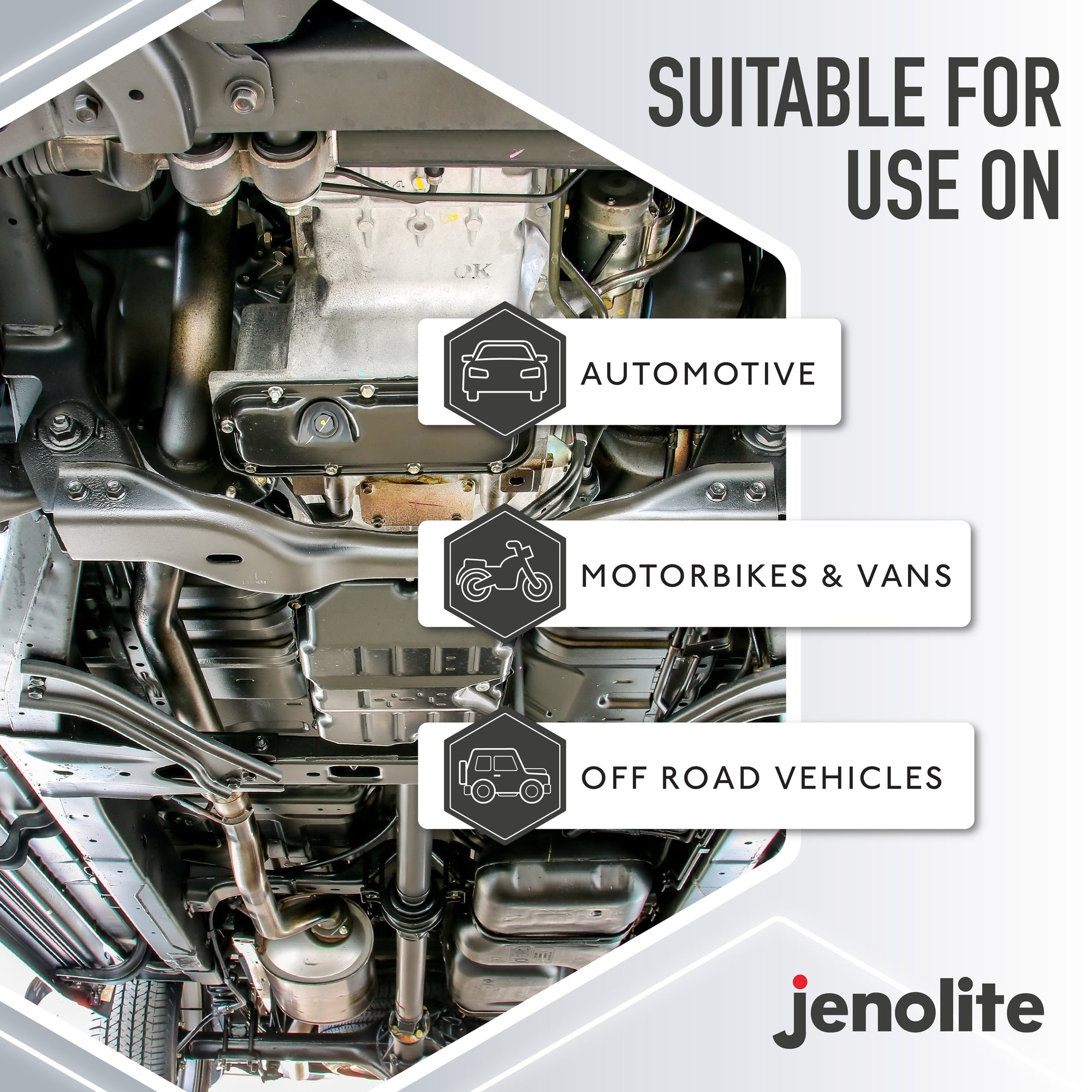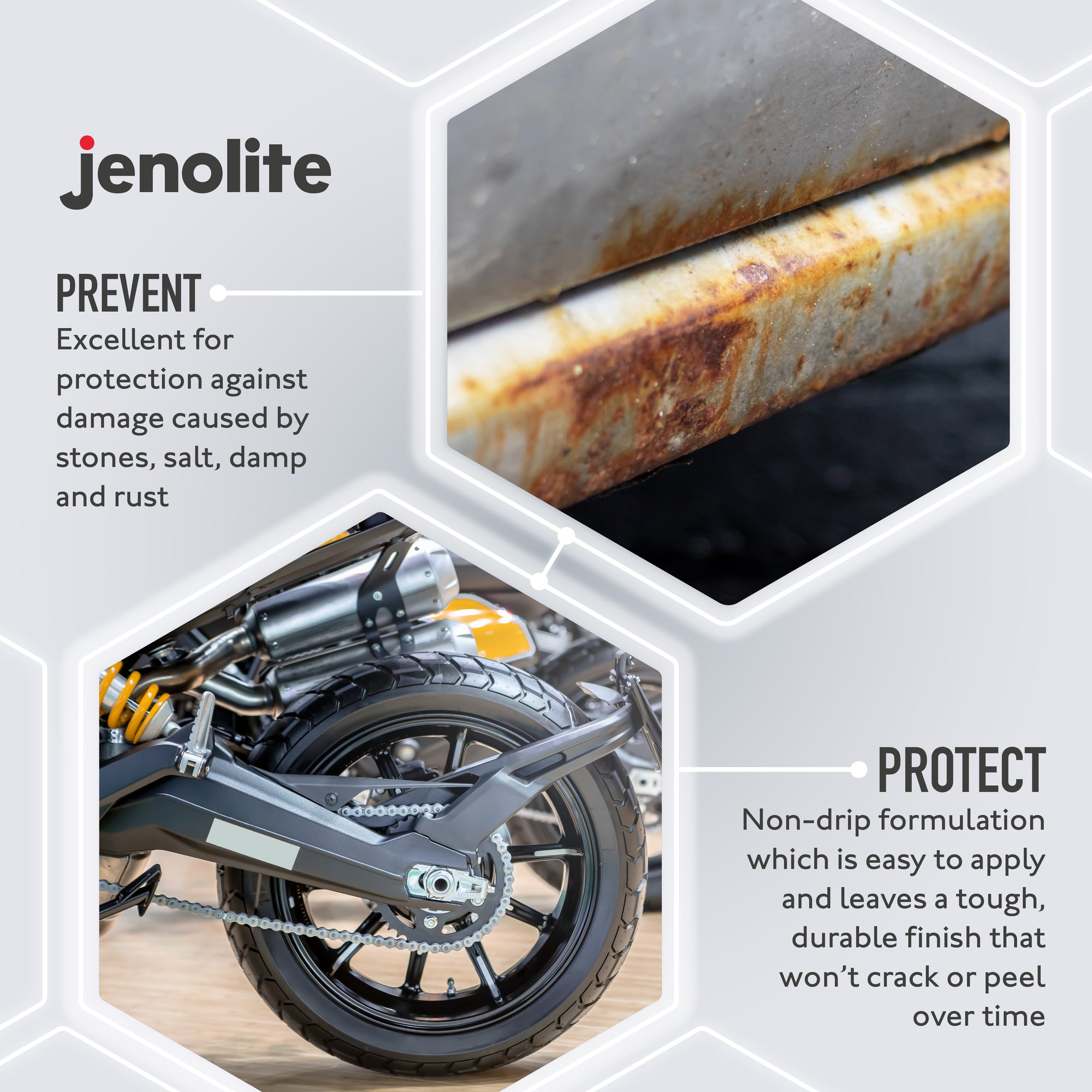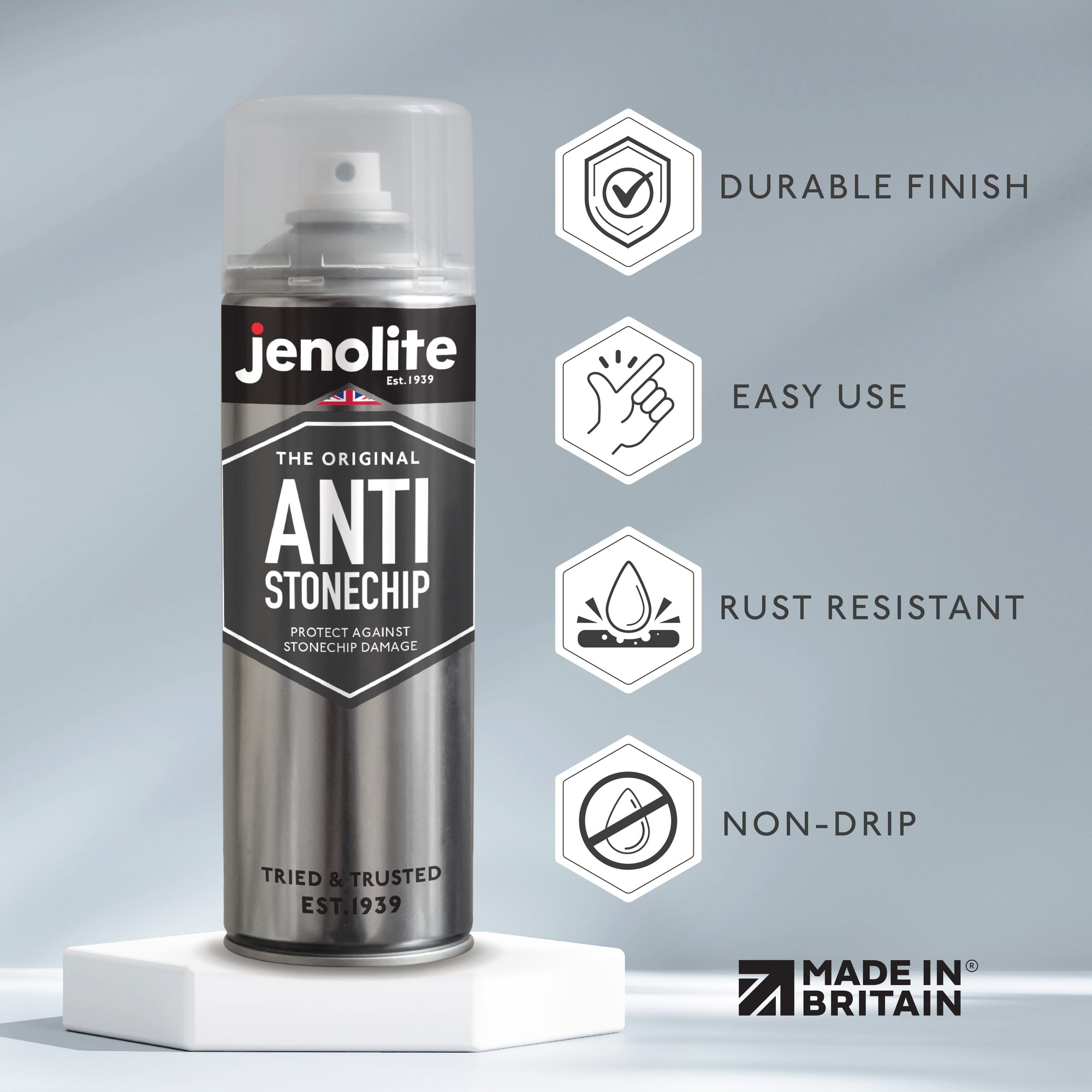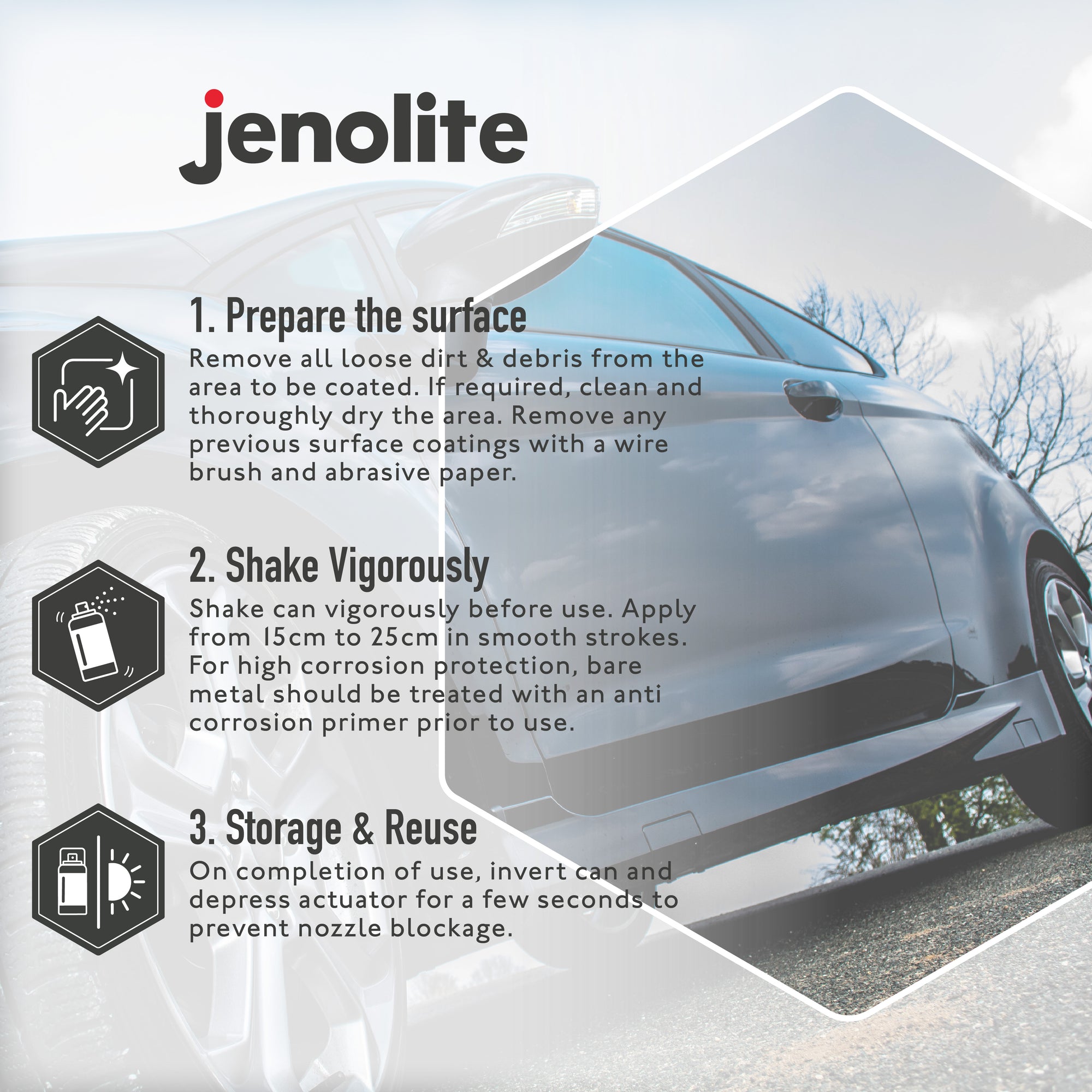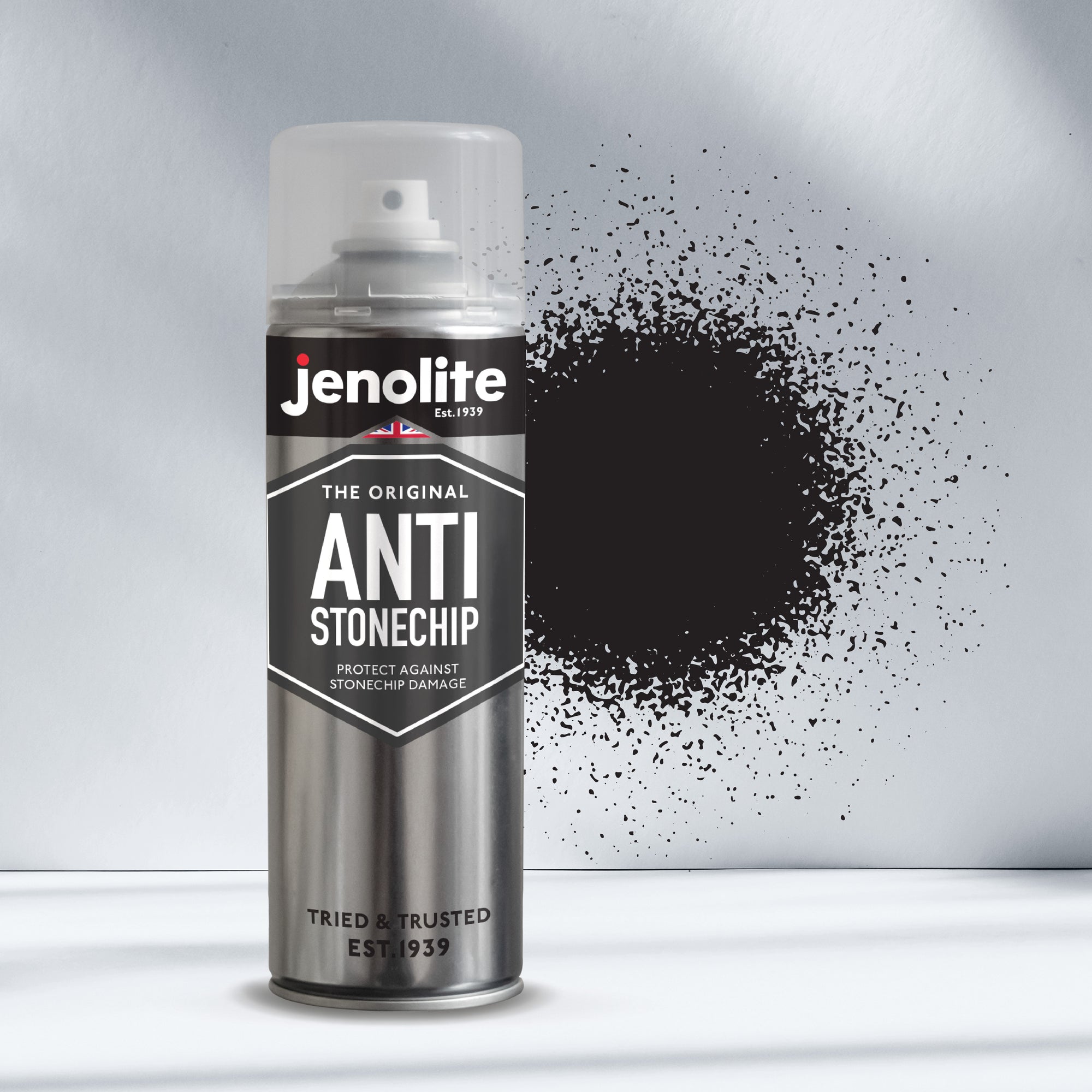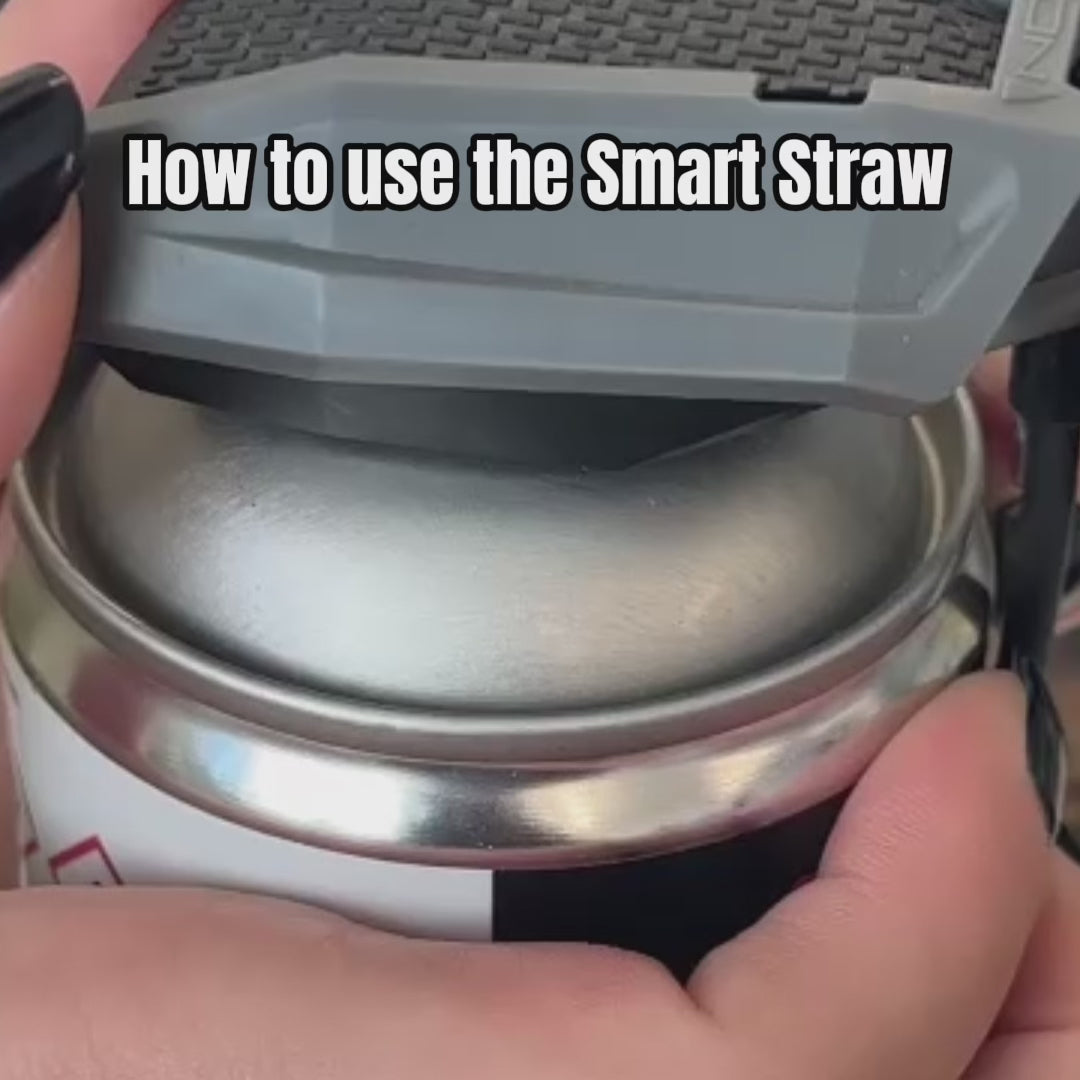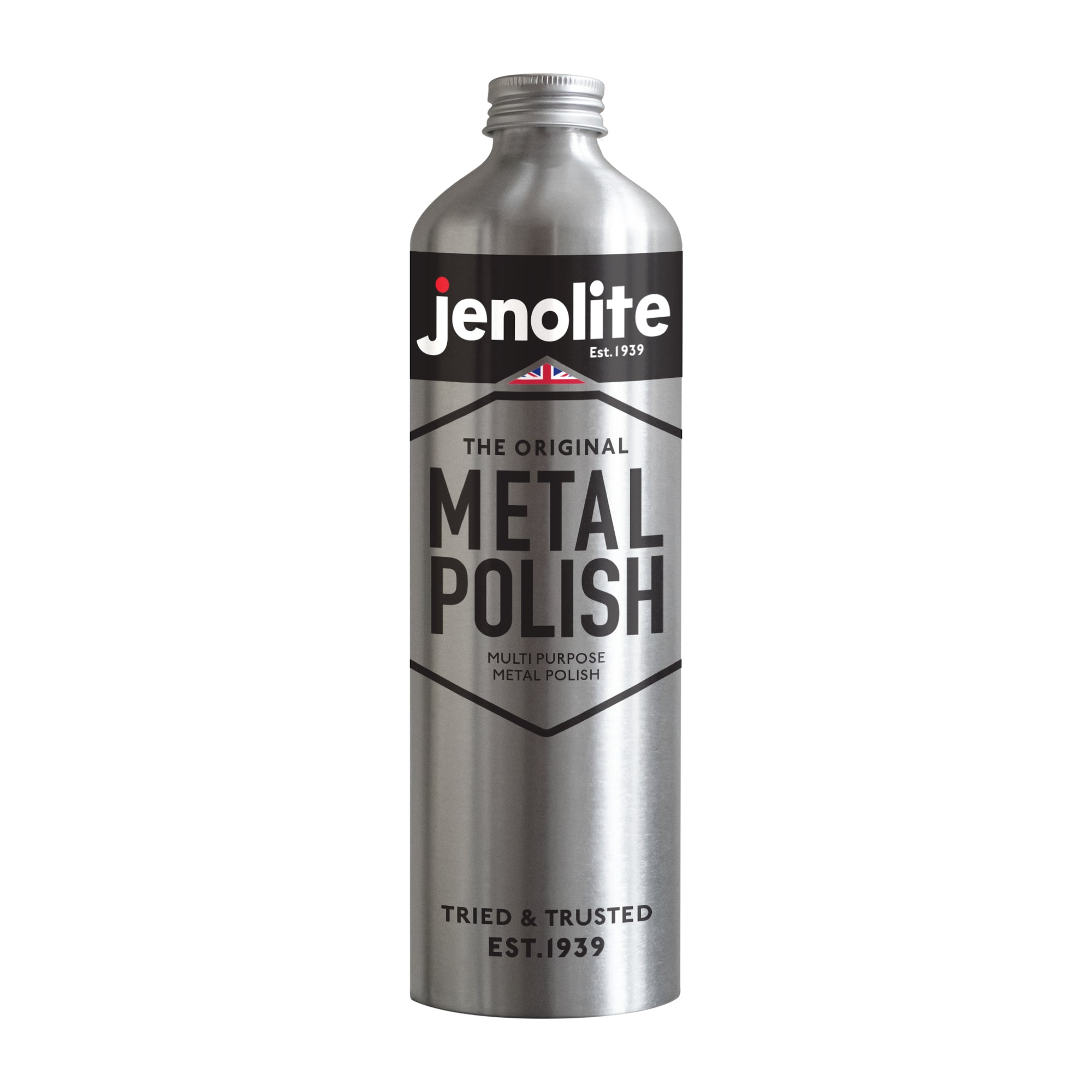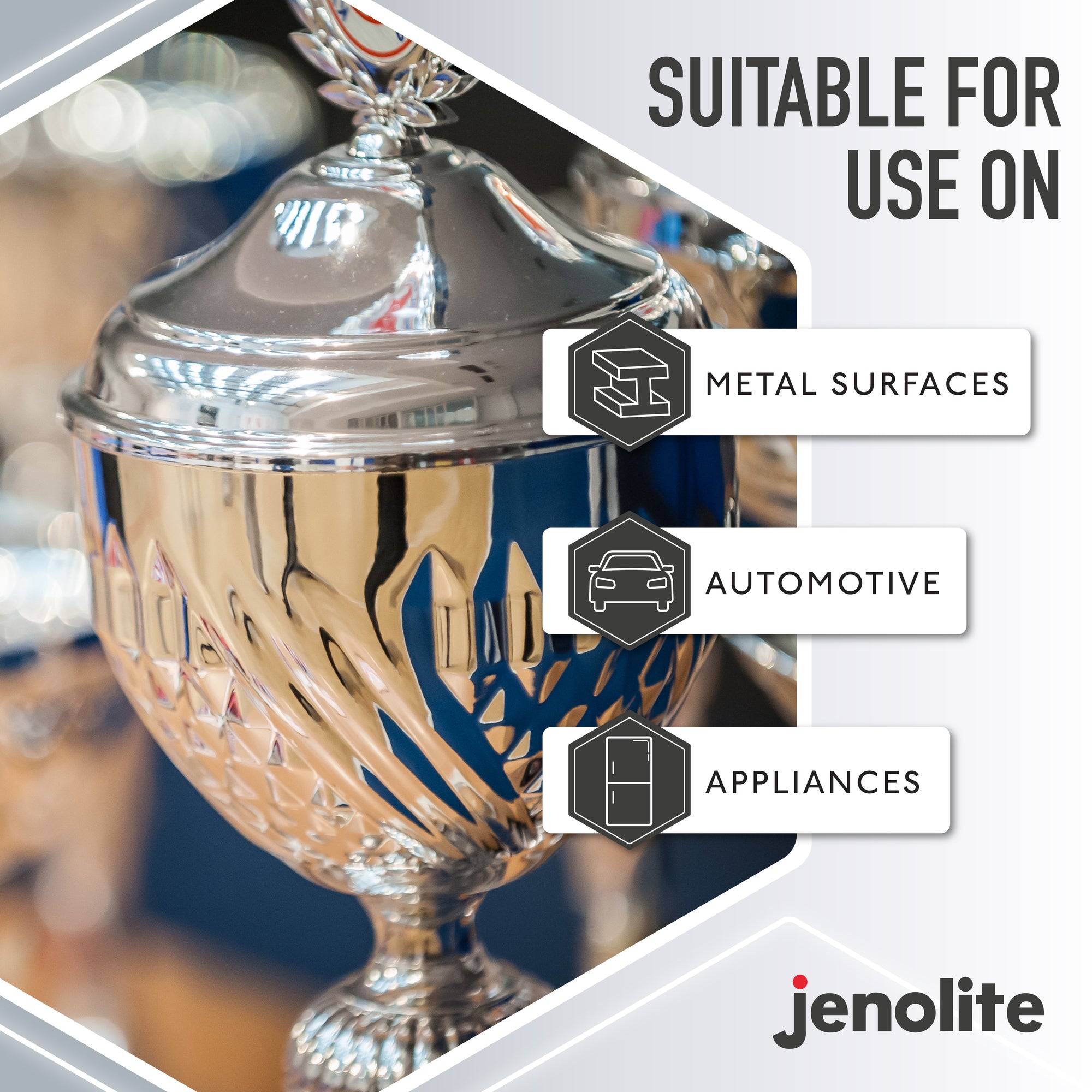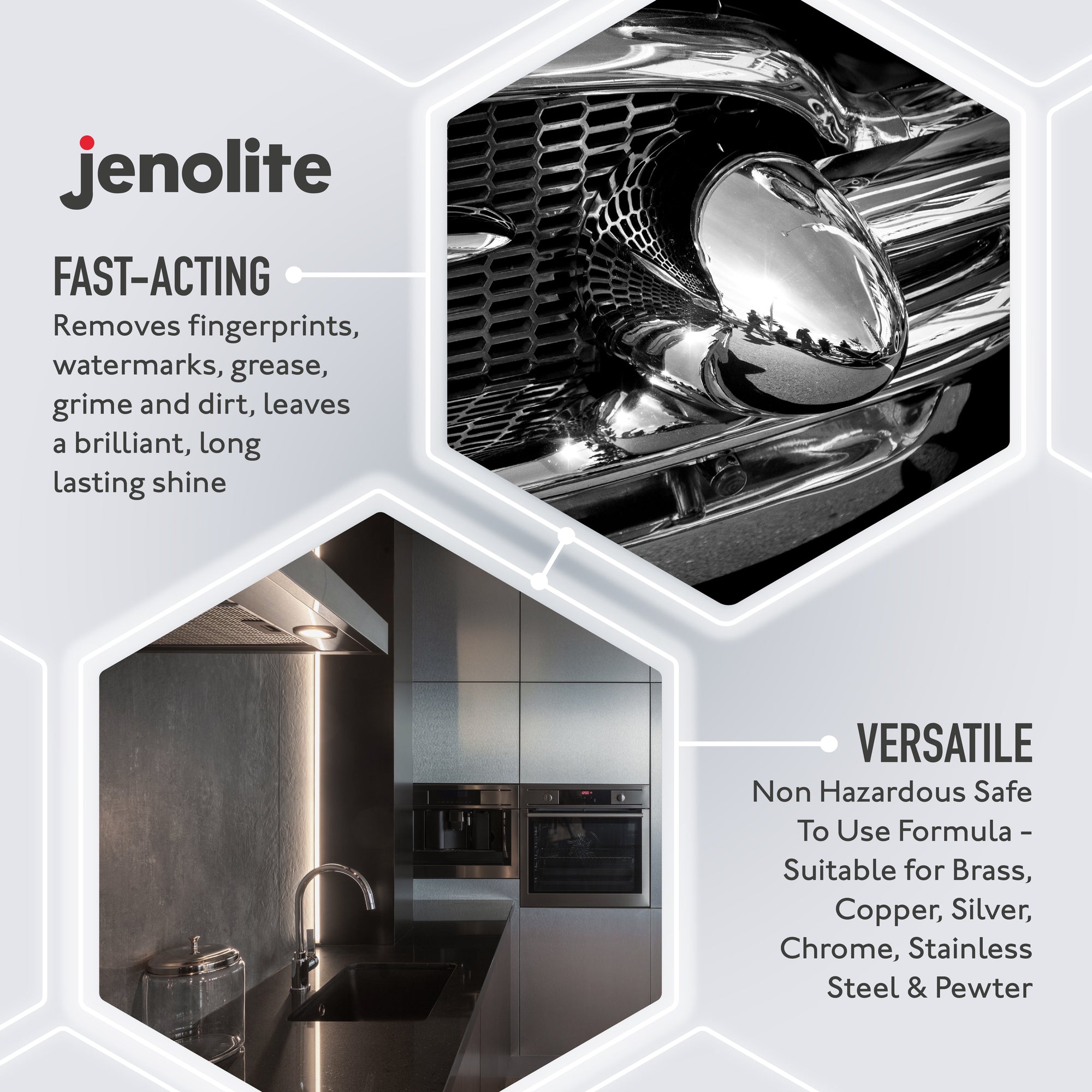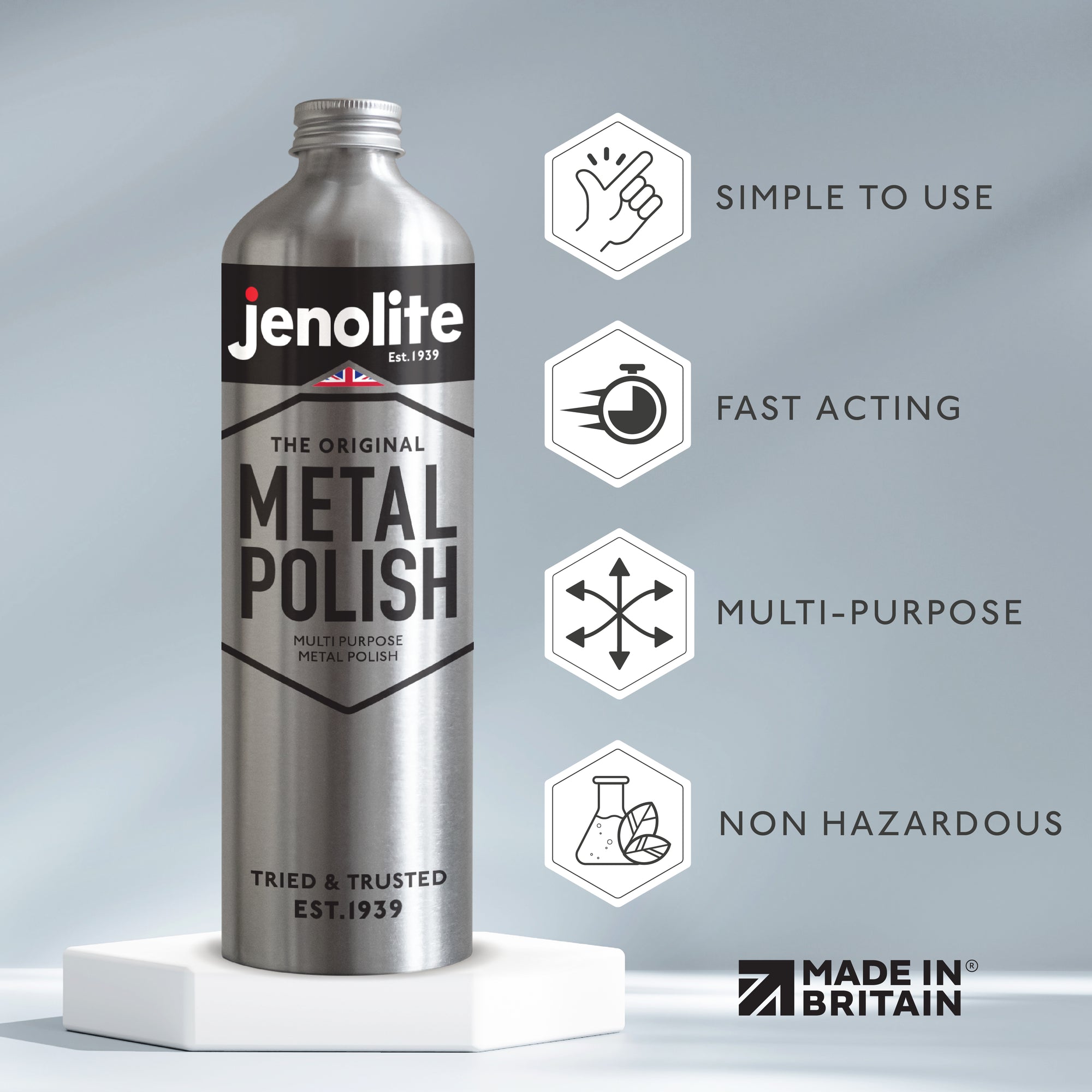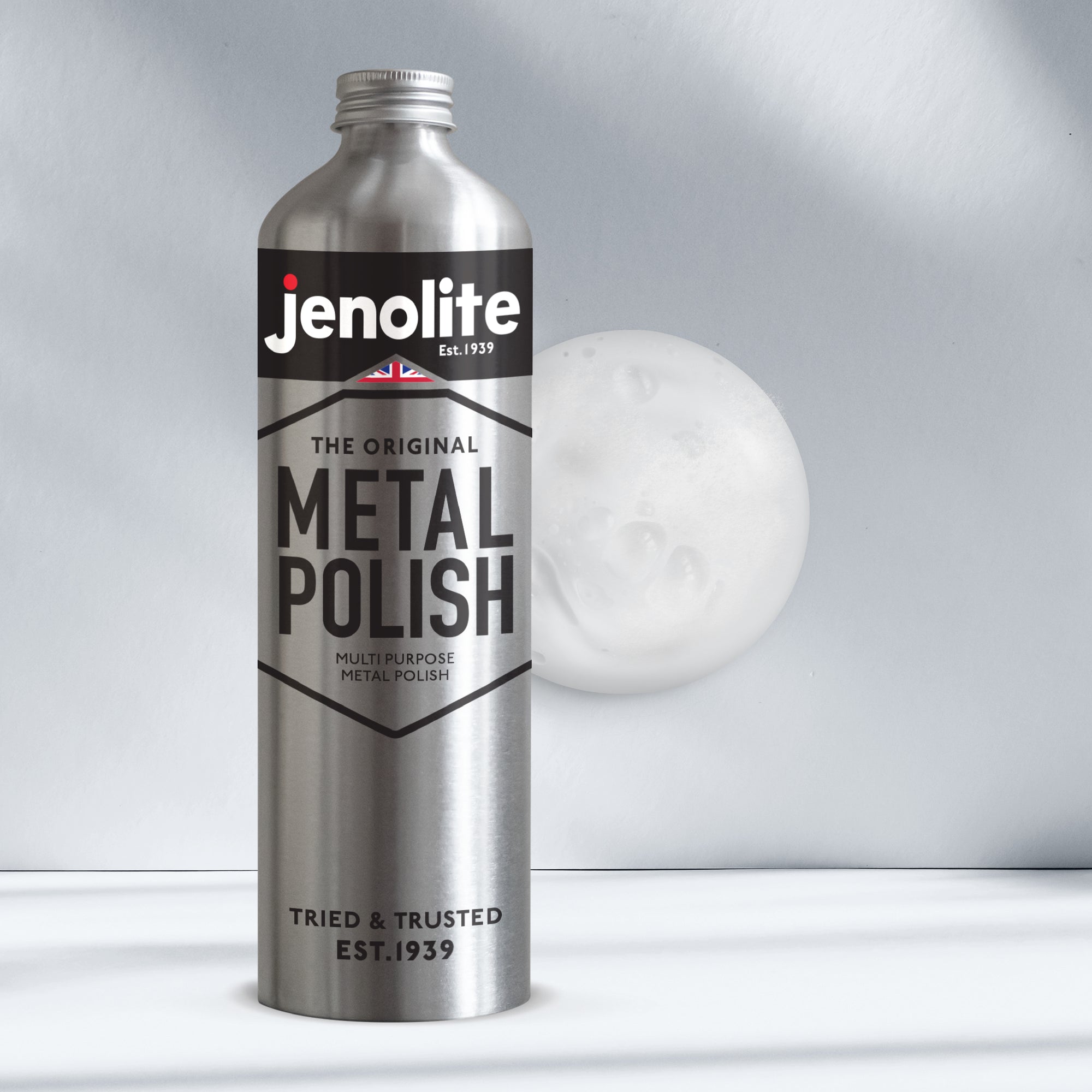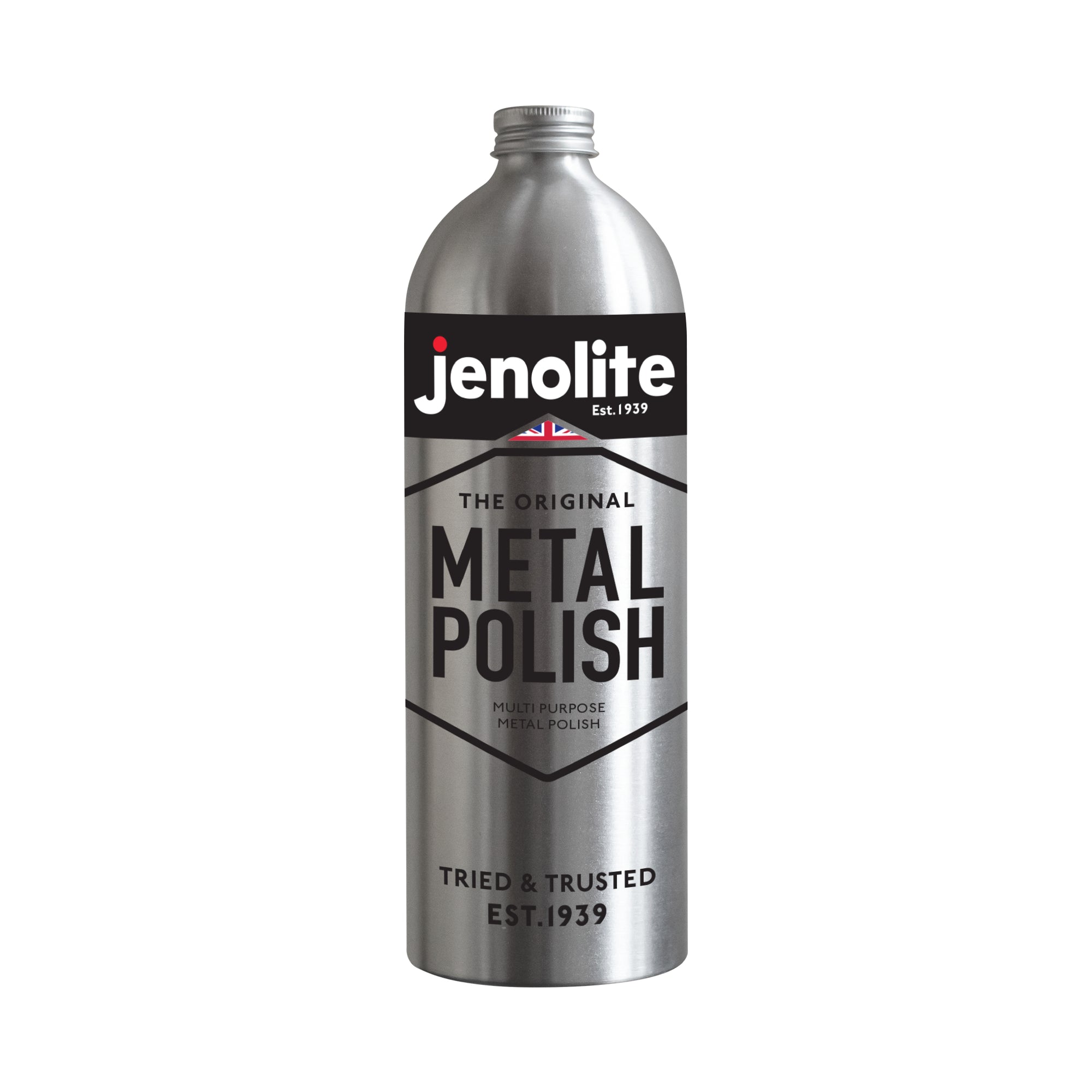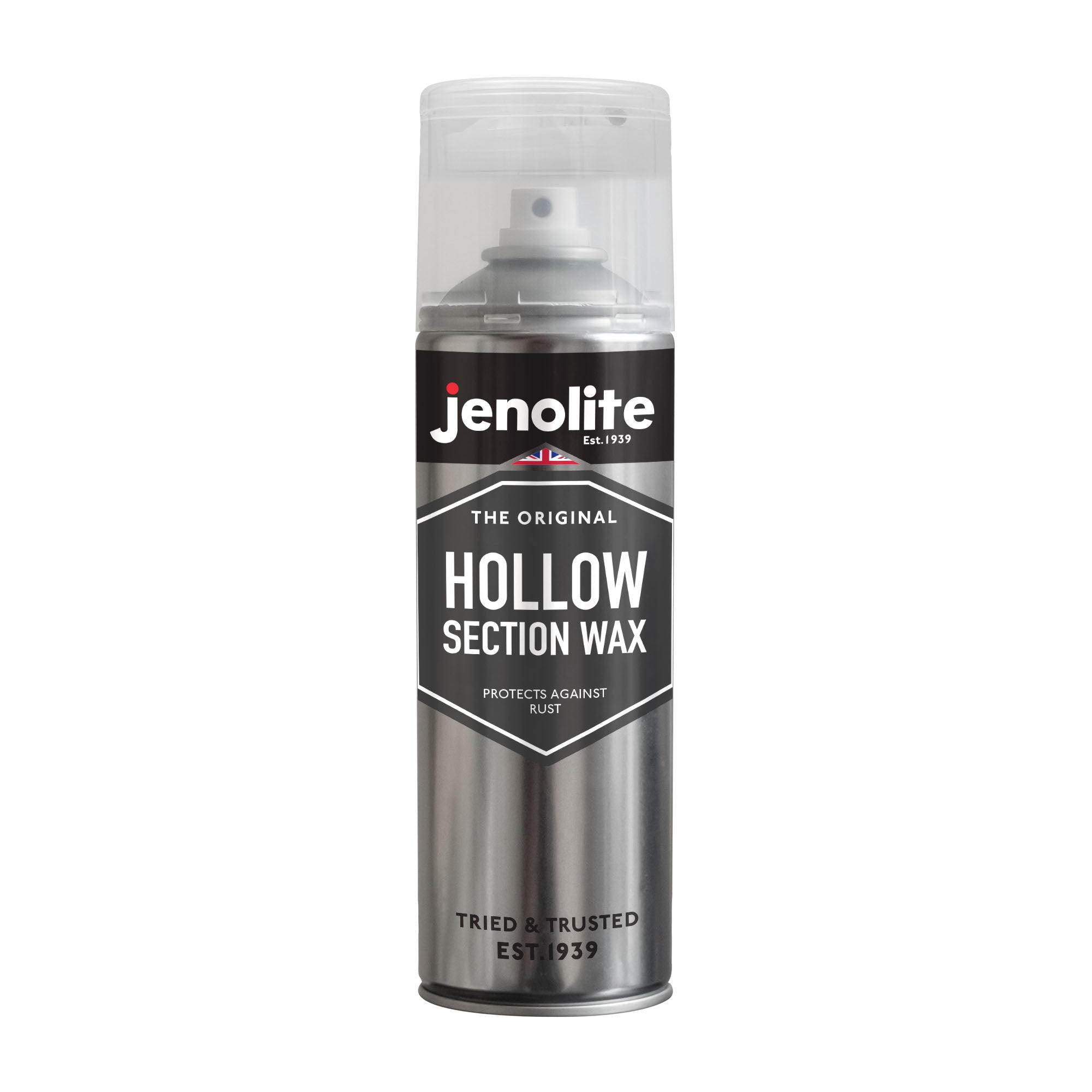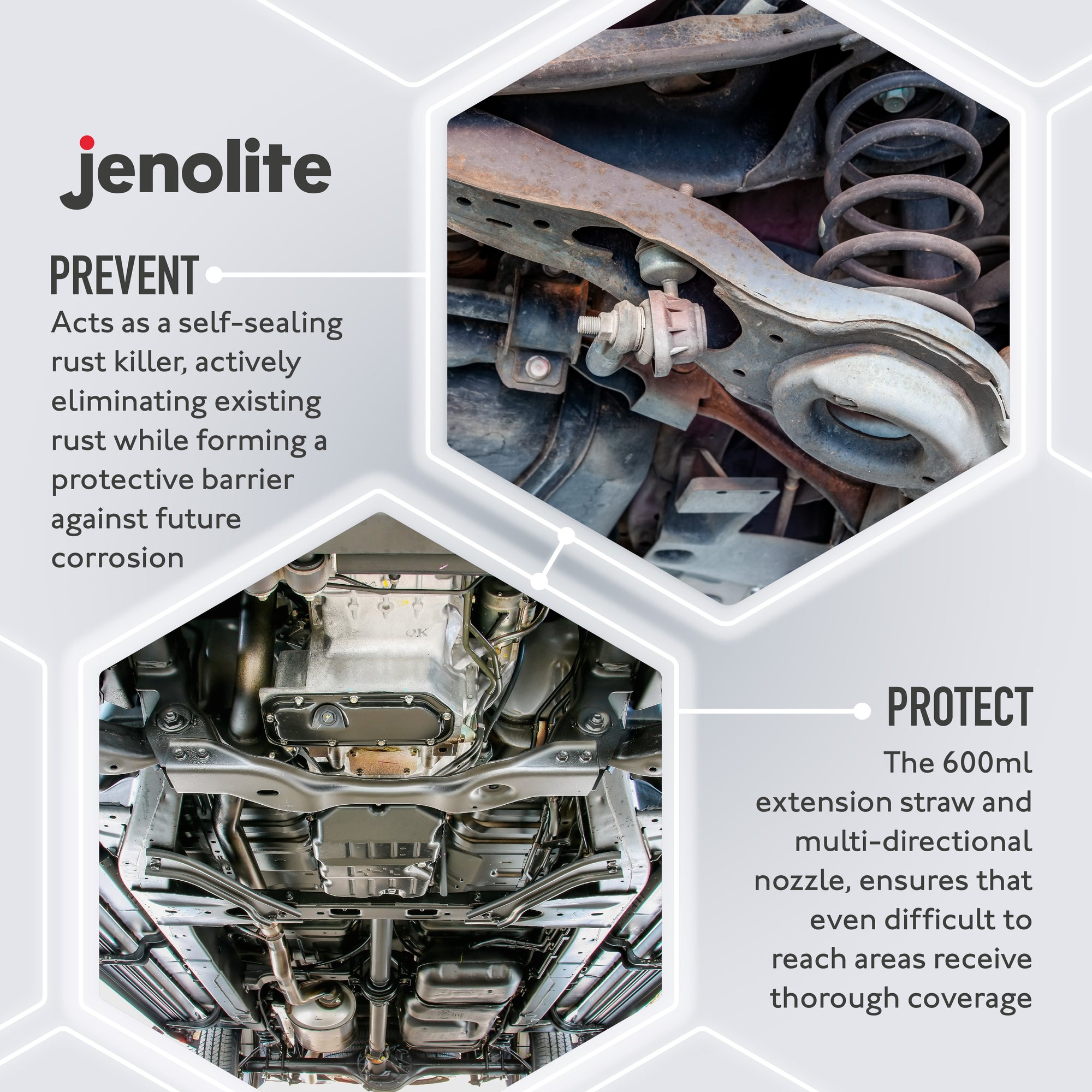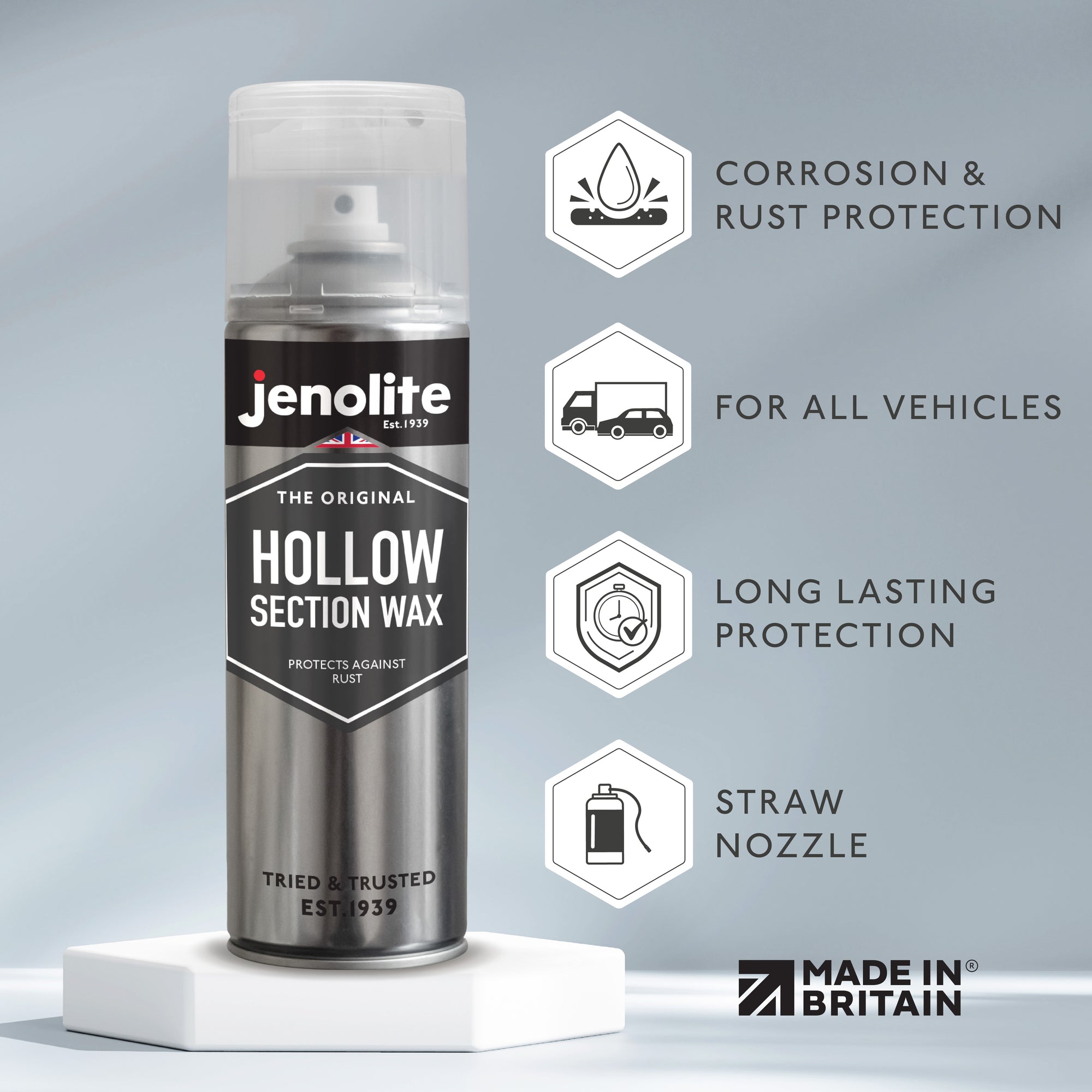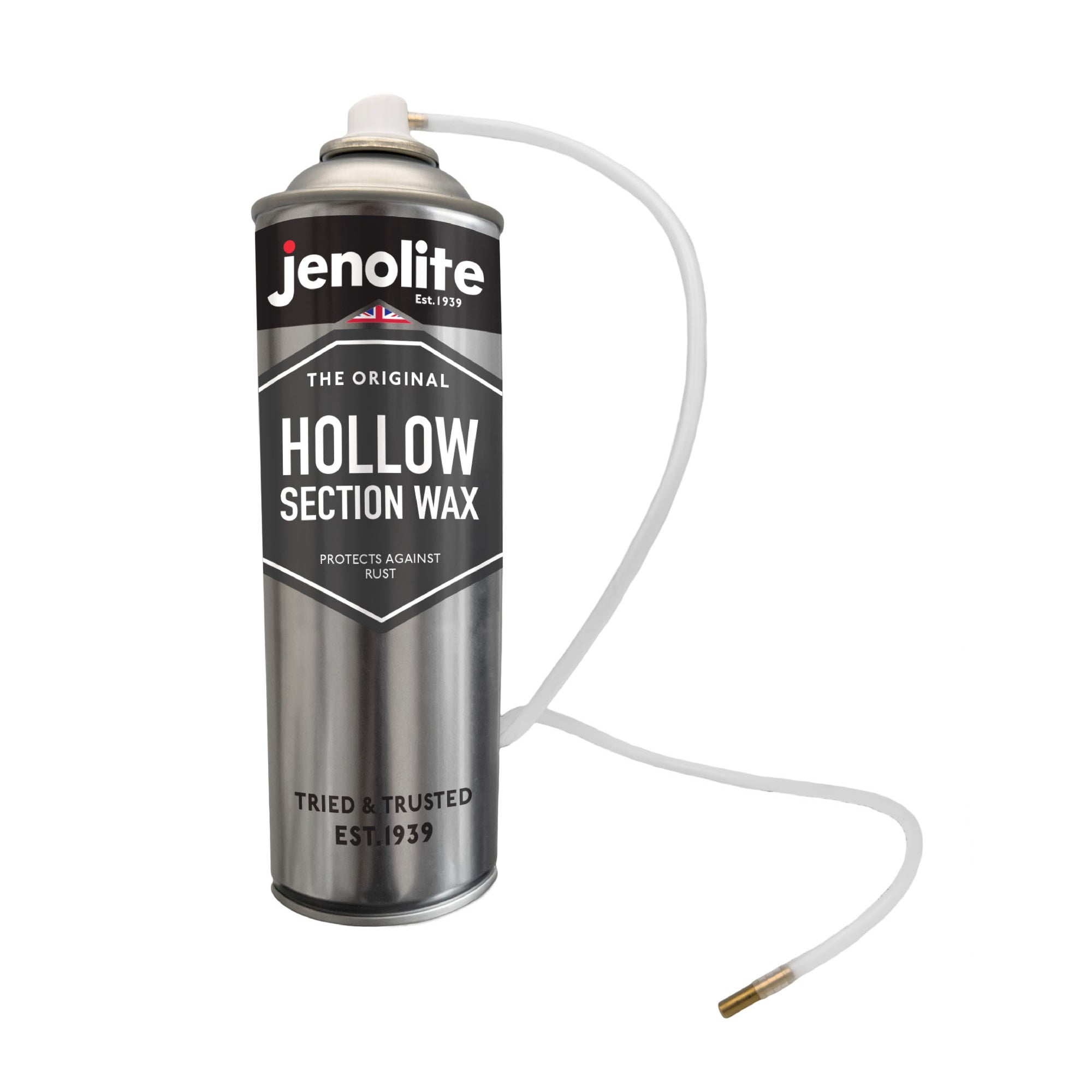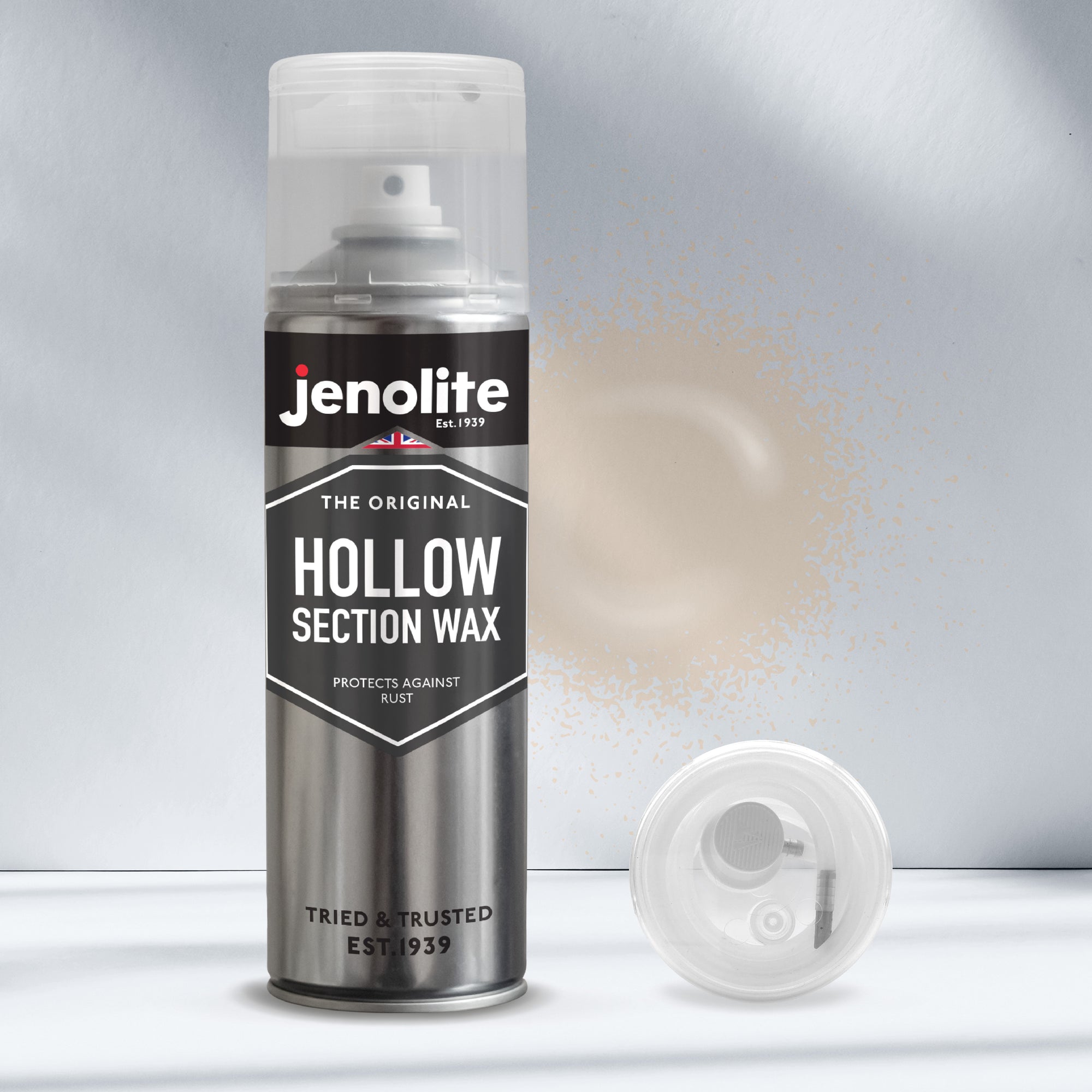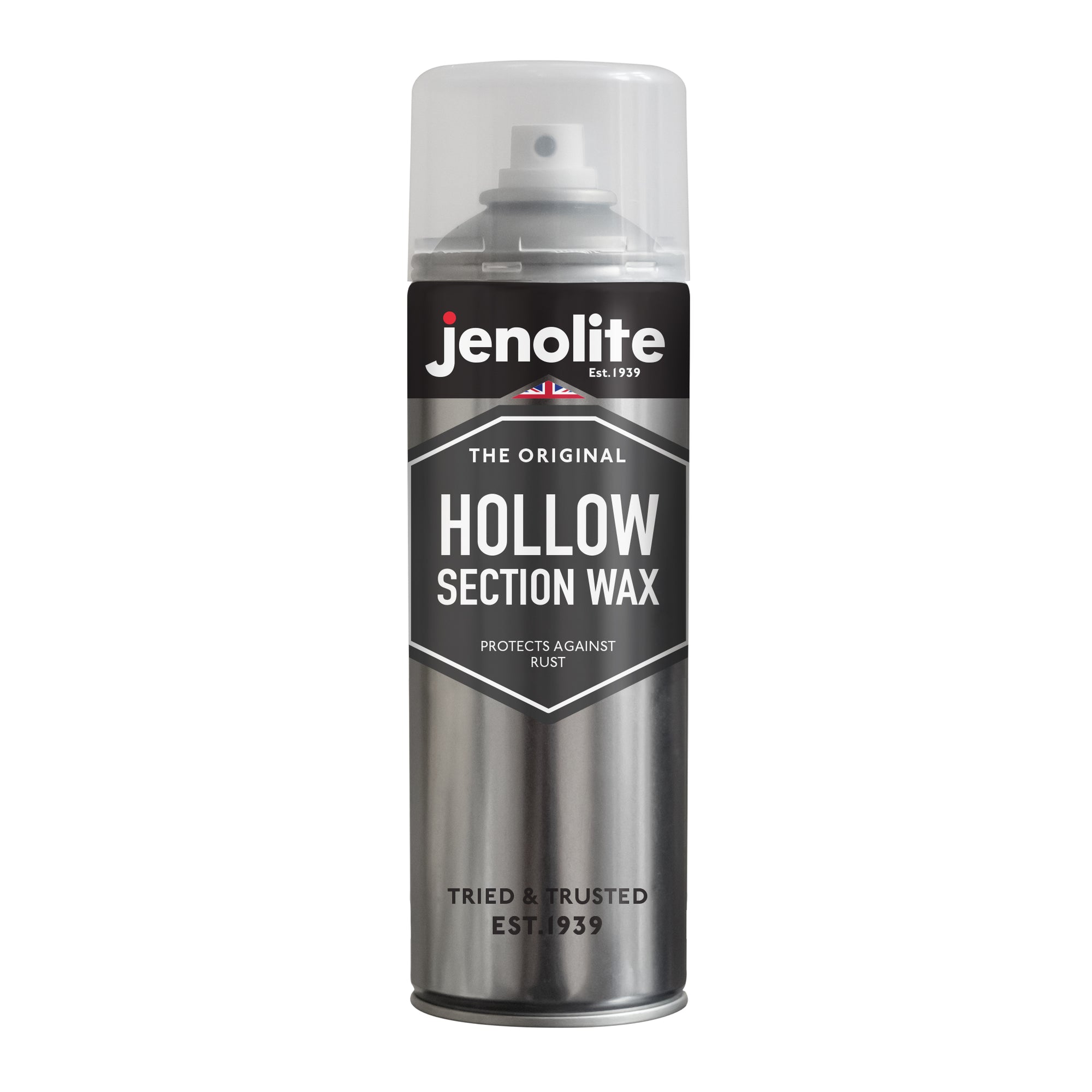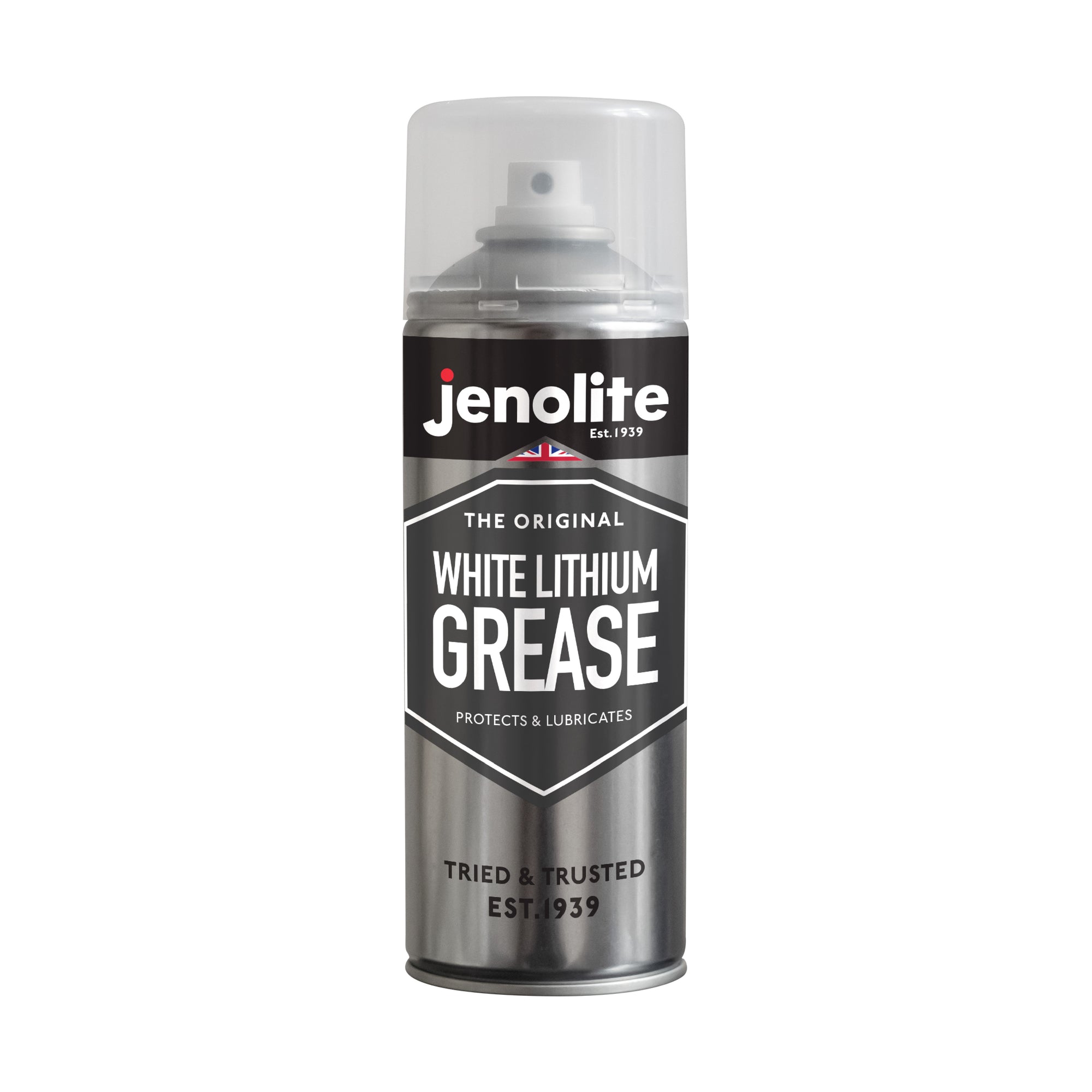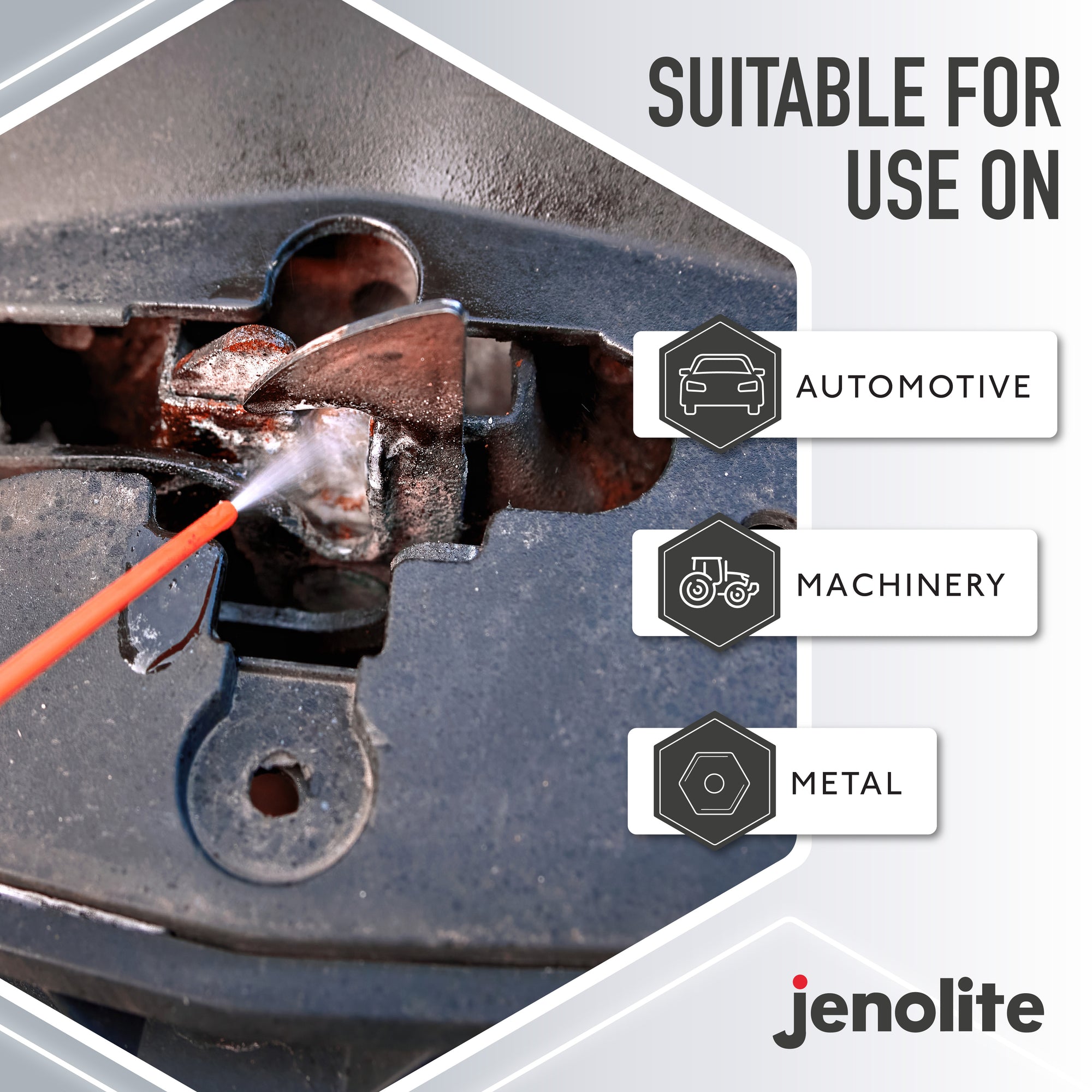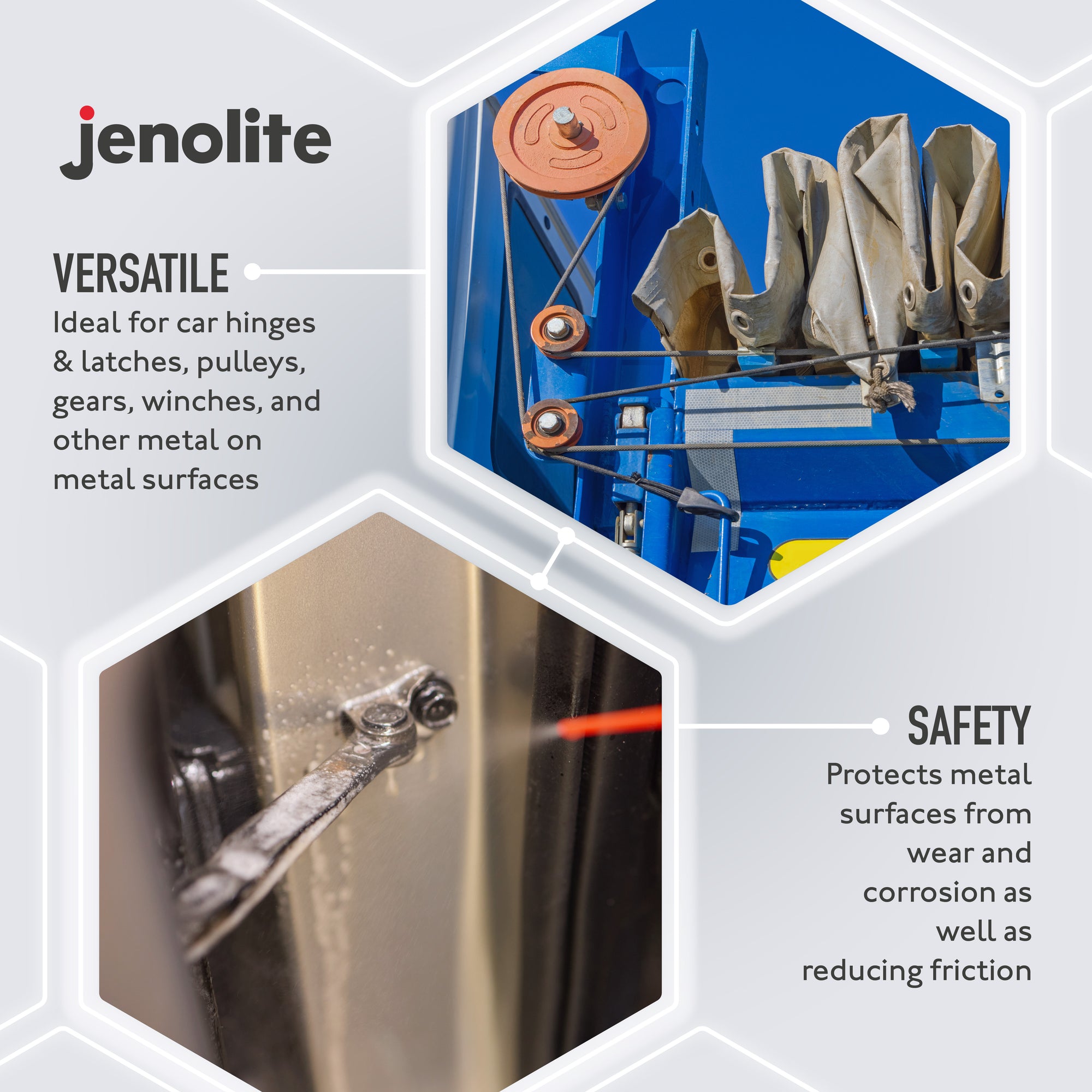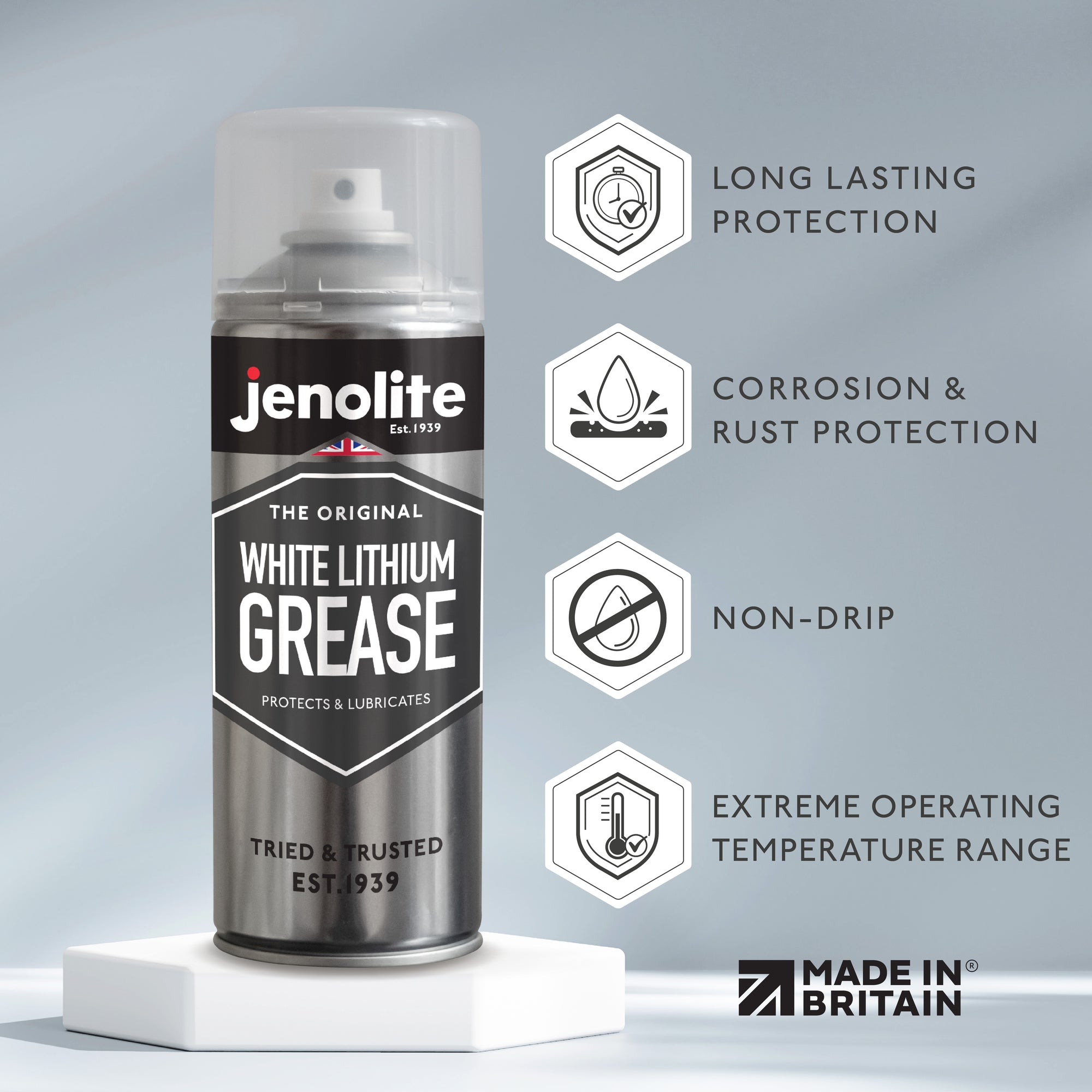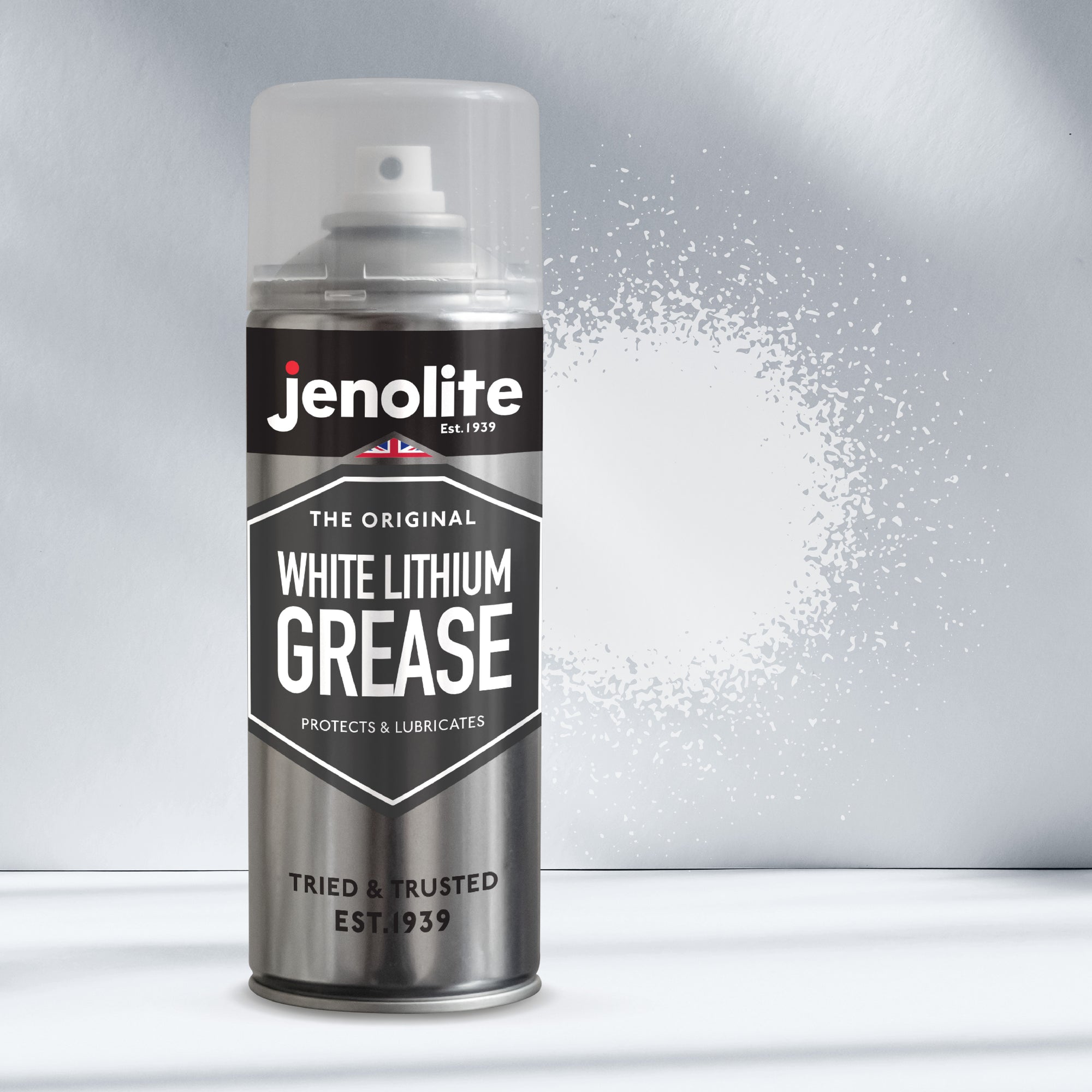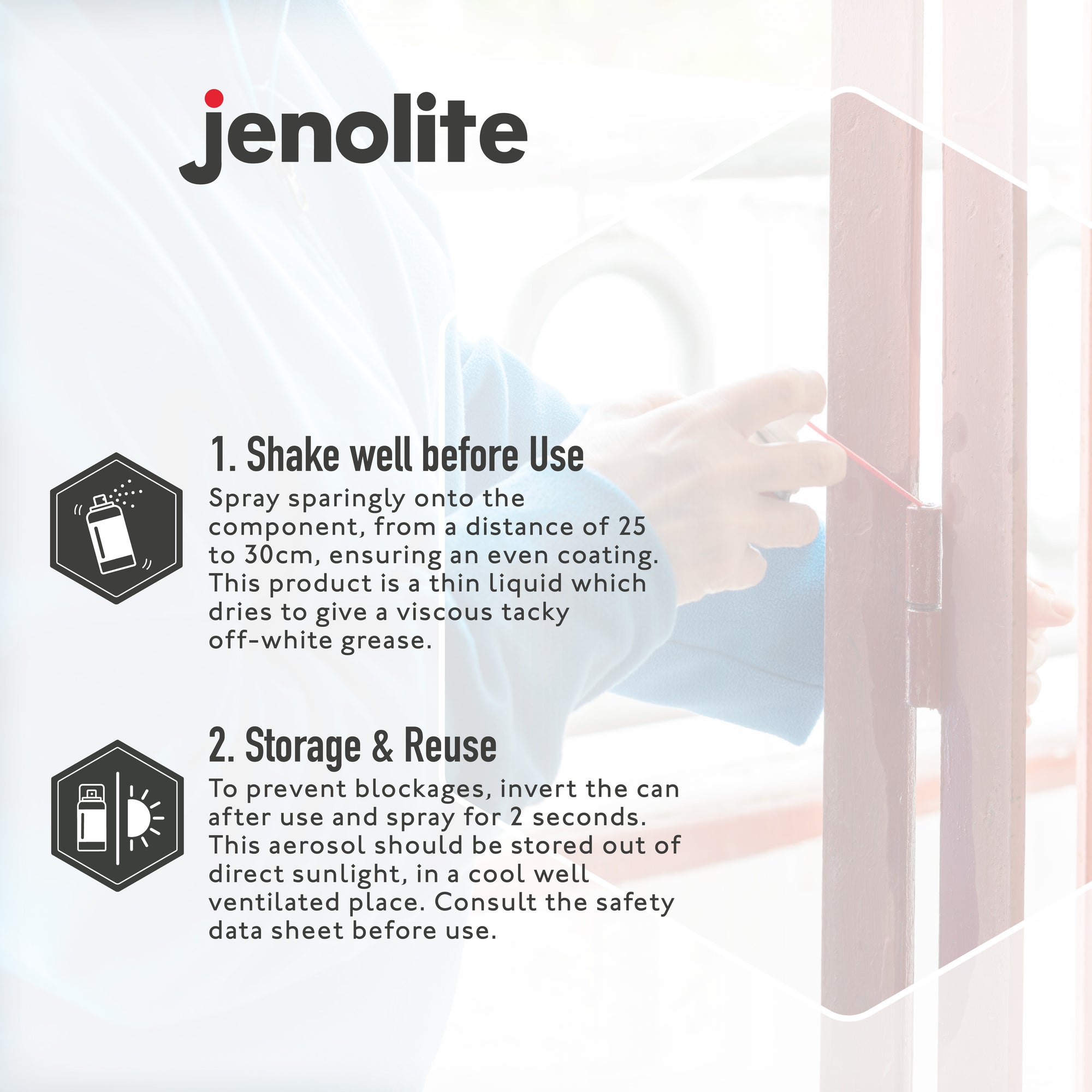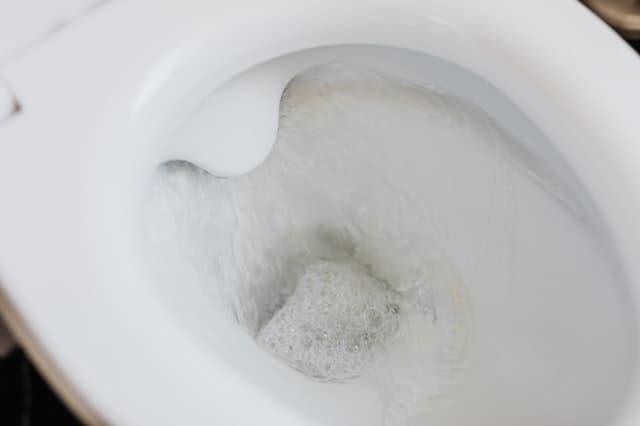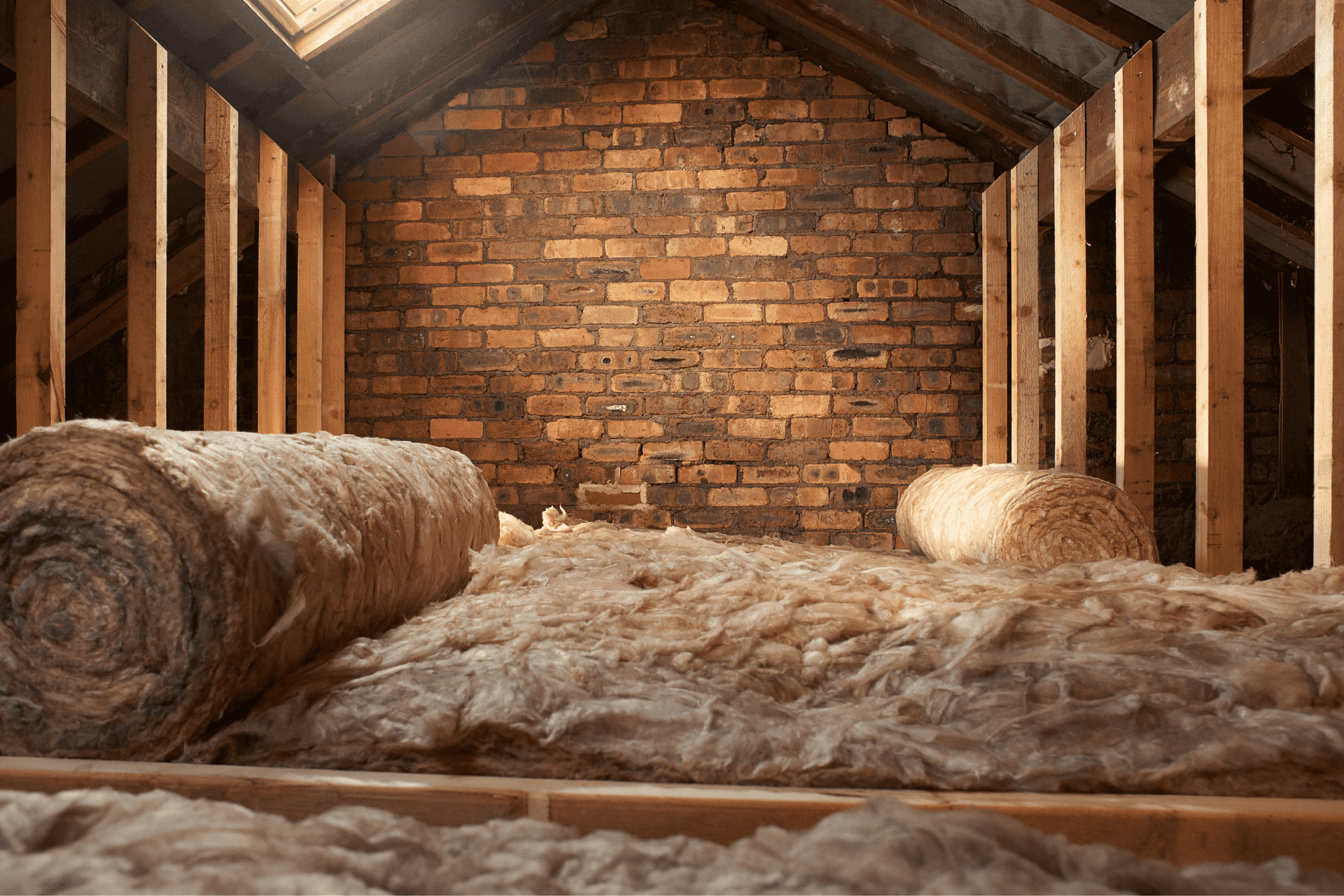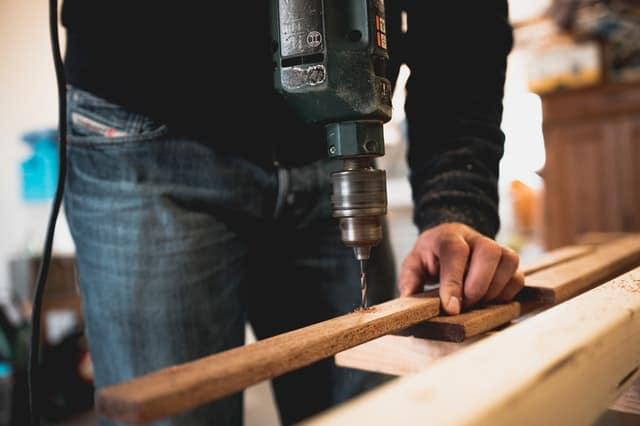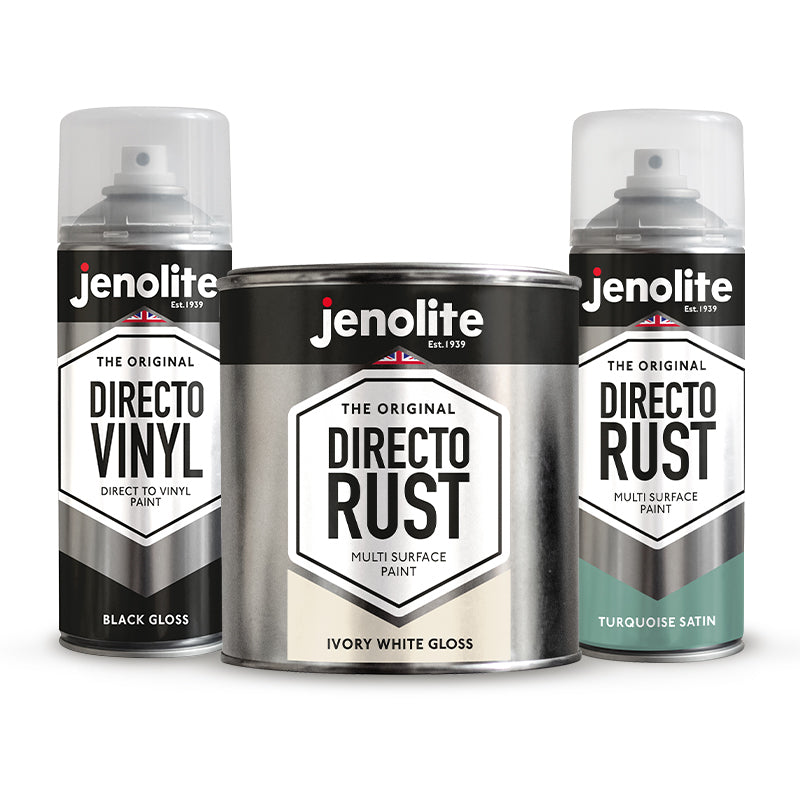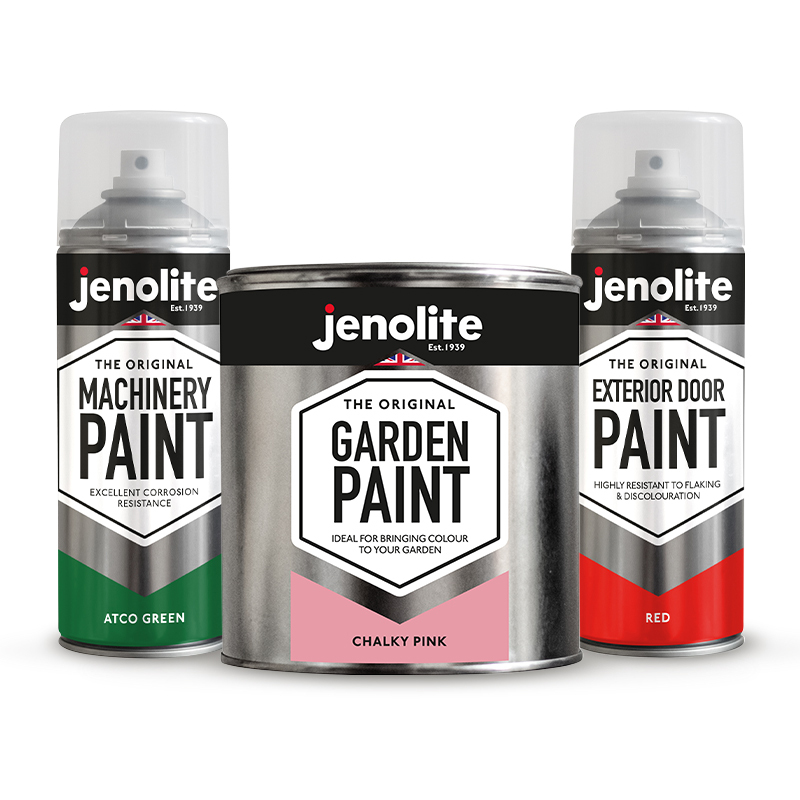Nothing looks quite as unsightly as a rusty old toilet. The brown and orange stains ruining the condition of your pristine white porcelain. So we’ve put together a handy guide on how to remove rust stains from the toilet so you can feel at ease knowing your toilet is free of marks for when you have guests over again.
This guide will also take you through how to remove rusted toilet flange bolts so you can remove rust from the original source, preventing build-up in the future.
How does rust appear on toilets?
Rust forming within the toilet bowl is usually the result of one of two things. Firstly, it could be hard water. Hard water contains iron which reacts with oxygen, causing discoloration. Over time this build-up of reactions can make the toilet stain. These stains are stubborn and even the use of bleach won’t budge them, resulting in a more permanent feature to your bathroom. The rust could also result from the seat fitting becoming rusty - see below.
How to remove rust from the bottom of the toilet bowl
The most common place for rust to appear is in the bottom of the toilet bowl itself as this is where the harsh water constantly lays still.
As rust on ceramics and porcelain is caused by sediments of rust dripping down from the source, it’s best to use Jenolite Rust Stain Remover in 500ml as this is not as aggressive or harsh to the surface. You want to keep your toilet bowl shiny and not wear it down.
Drain the toilet bowl
To make things easier it is best to drain the toilet bowl of water. This is because the stain remover can work directly on the rust sediment and not be washed away or diluted from the water. To do this, simply turn the water off at the tank using the valve below and flush the toilet. You can also do this by turning the water off and plunging the toilet till all the water goes down.
Spray the formula evenly
Using the stain remover spray, shake well and twist the nozzle to open the bottle. Apply an even coverage around the toilet bowl, ensuring you cover all the areas affected by rust and discoloration. Then leave it to soak. The time you need to leave the solution to soak can vary depending on the severity of your rust stains and how long it has been there.
Wipe away with a cloth
You can use a clean cloth to wipe away the rust or you can use your toilet brush. As there isn’t any water in the bowl at this time a cloth may be better suited.
Repeat the process if necessary
If you find there is still some residue leftover, or your toilet isn’t quite as bright as before you can repeat the process to ensure all areas have been treated and cleaned.
How to remove rusted toilet seat bolts
The second common toilet rust issue comes from rusty seat bolts, also known as flange bolts. Rust can sometimes make it hard for bolts to be removed. Usually, a wrench can unscrew any bolt, however, if your bolts are proving stubborn you can work some of the rust off first to make it easier. For this, you can use Jenolite Rust Remover Gel as this provides a non-drip coverage perfect for use on singular elements.
Apply the gel directly to the rust
Apply the gel directly to the rusted bolts. You can use a brush to work it into the rust ensuring it doesn’t get onto other areas of the toilet. This is where the gel consistency really helps. Make sure you wear gloves to keep your skin free from chemical irritation. Keep Jenolite active by working it in with brushing every 5 minutes or so and you should see the rust start to work away. Keep the rust wet by adding more or continuing to brush. Continue this until the rust has turned a dark grey. Once it has changed colour you can wipe the surface clean using a cloth.
Repeat the process
You can repeat this process if the rust hasn’t quite budged. However, if most of the rust has dissolved then you can try again to loosen the bolts.
Submerge the bolts
Once you have successfully removed the toilet seat bolts you can use the same gel or Jenolite’s Rust Remover Liquid to submerge them. Simply fill a tub or container with Jenolite and leave the bolts until all the rust has been removed from the components. This will most likely get the last bits of the rust off the bolts if there were any left from the previous step. After submerging, wipe with a clean lint-free cloth.
Keep rust at bay with a stain blocker
Once all of the rust has been removed from the bolts or other toilet fixtures you can use Jenolite Stain Blocker Aerosol to prevent stains from reappearing. Shake the bottle well and spray evenly onto the affected areas and leave to dry. Once dry you can screw the bolts back in and allow the water to enter the toilet bowl again.

